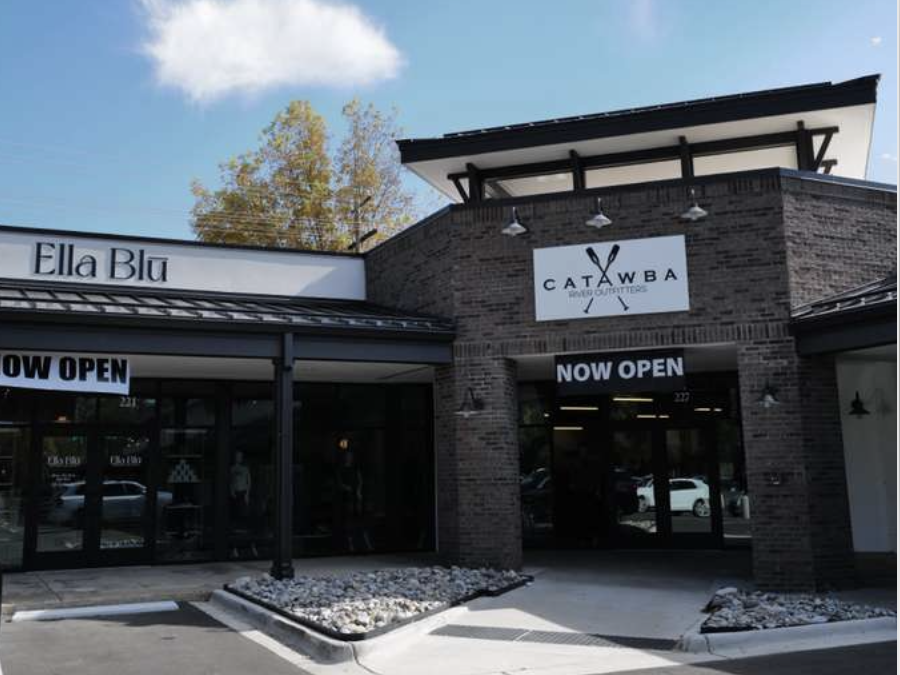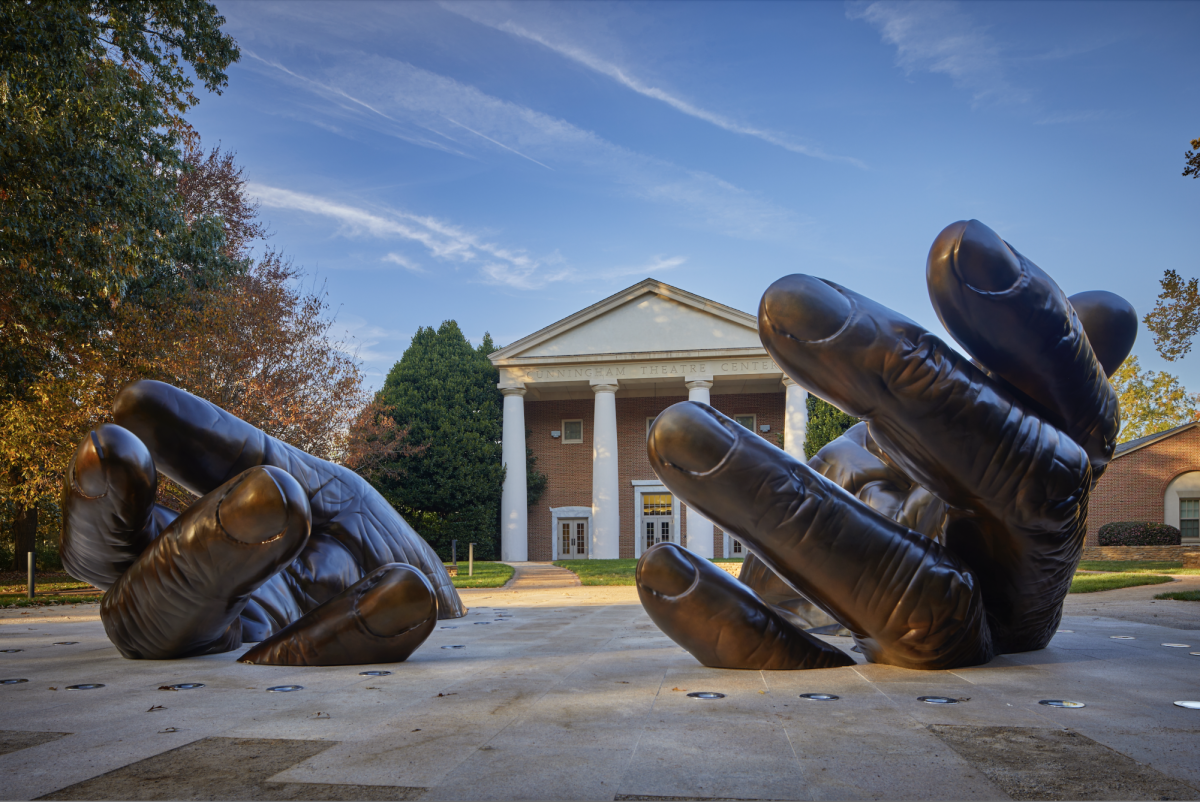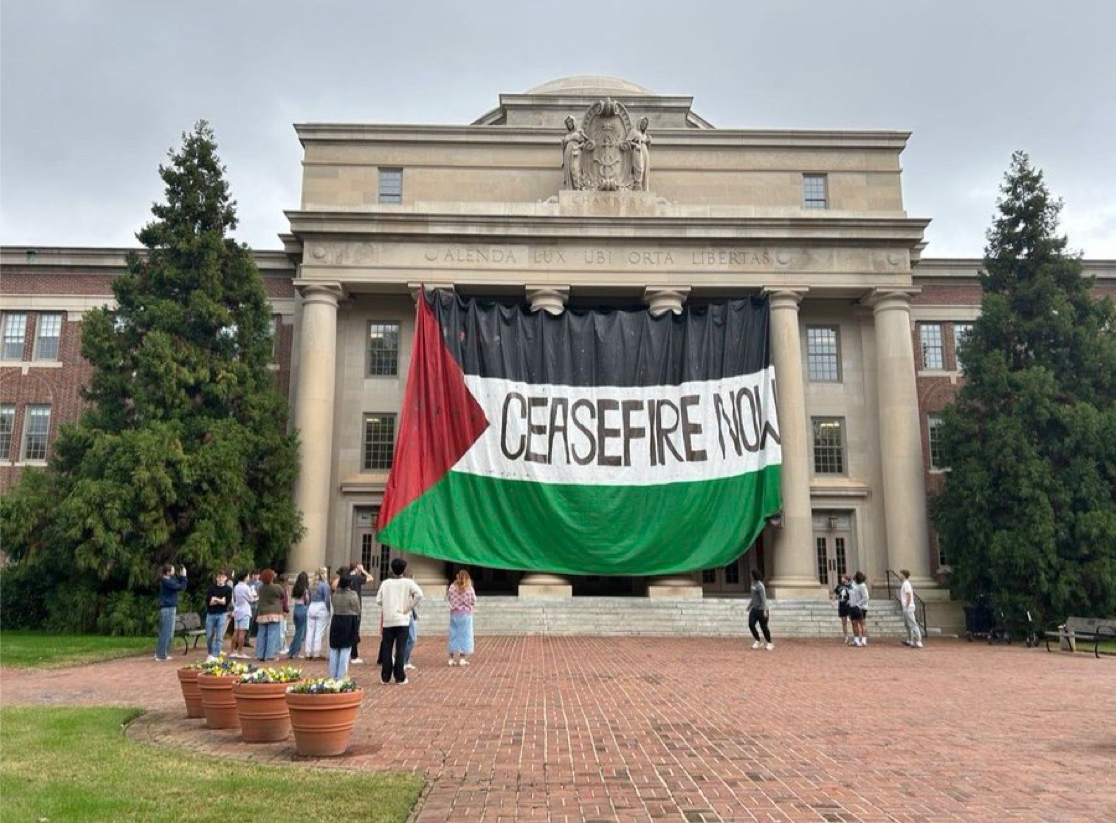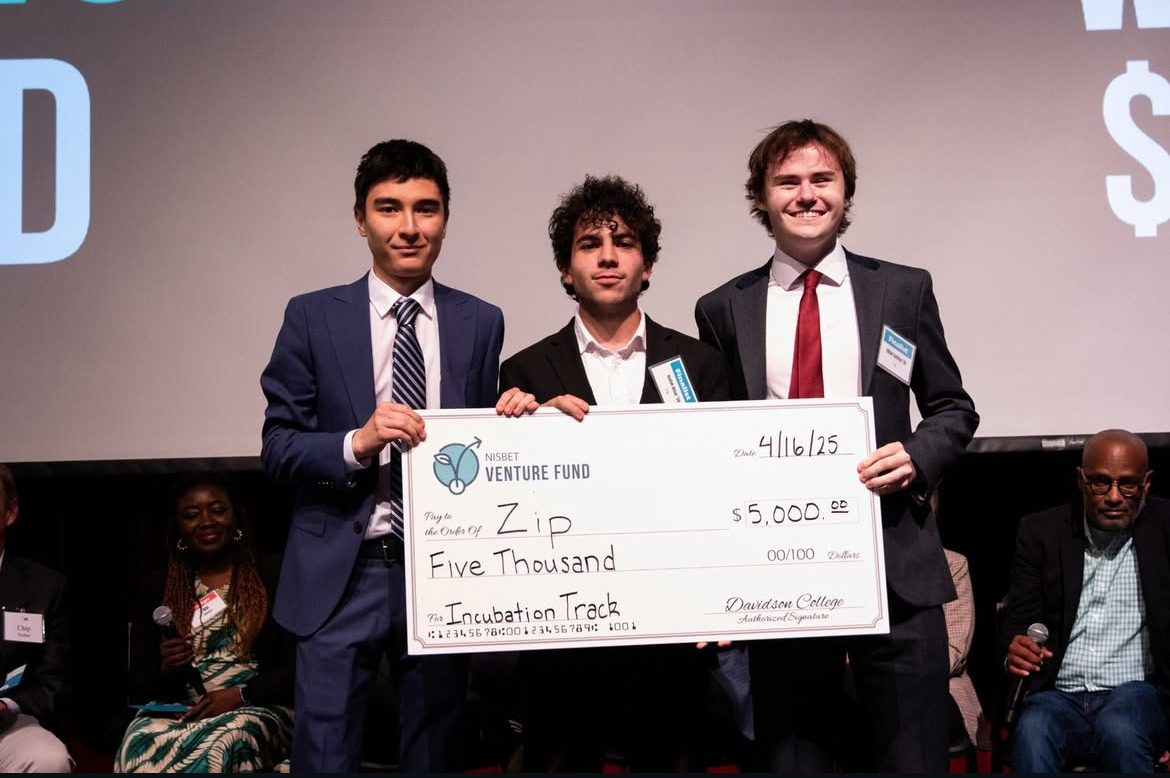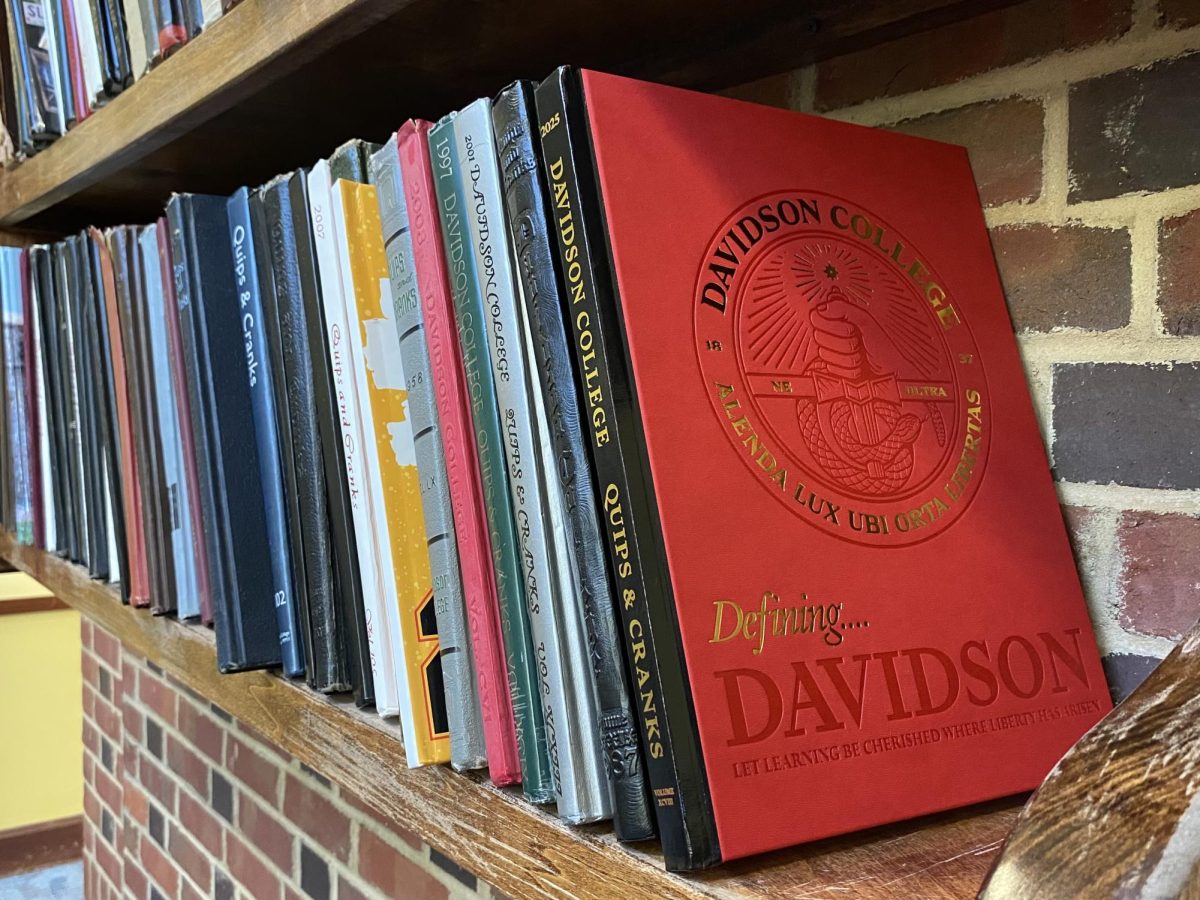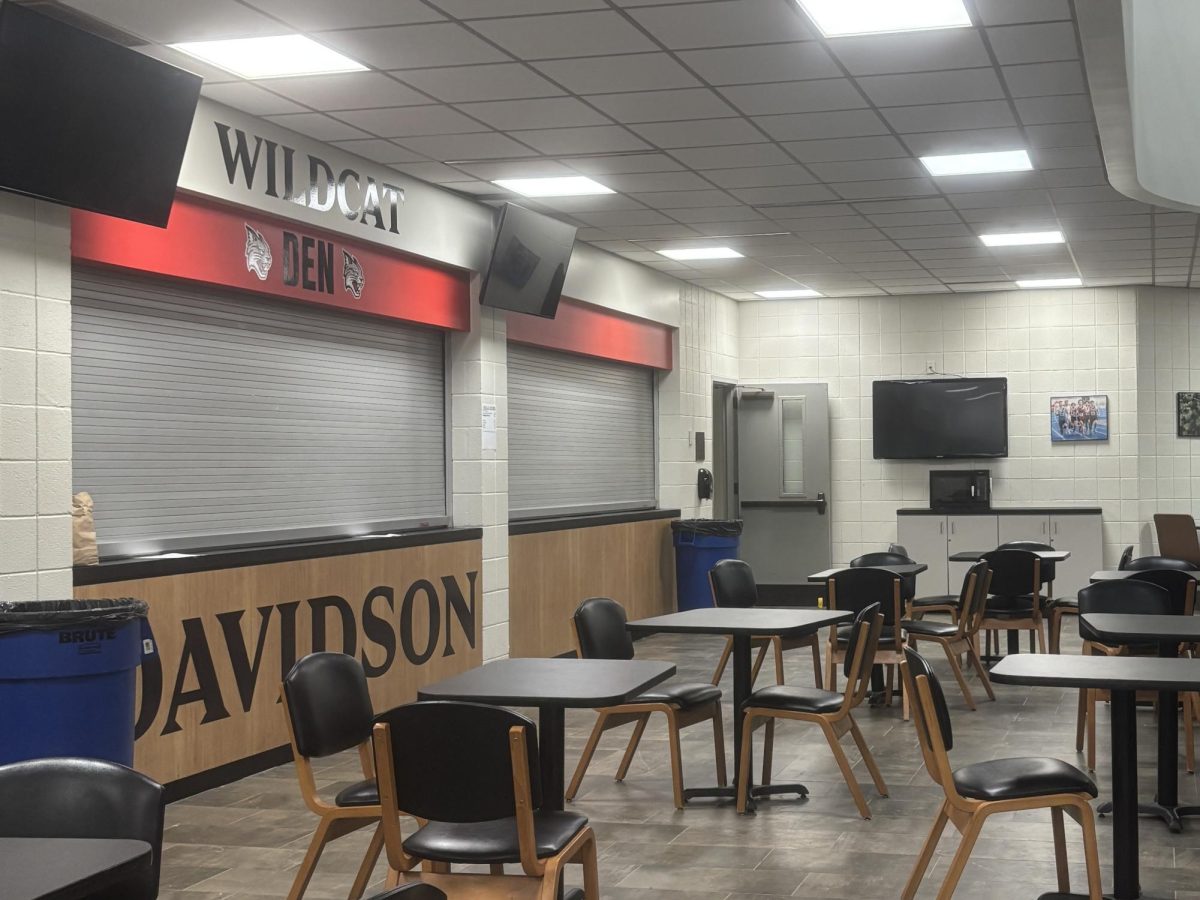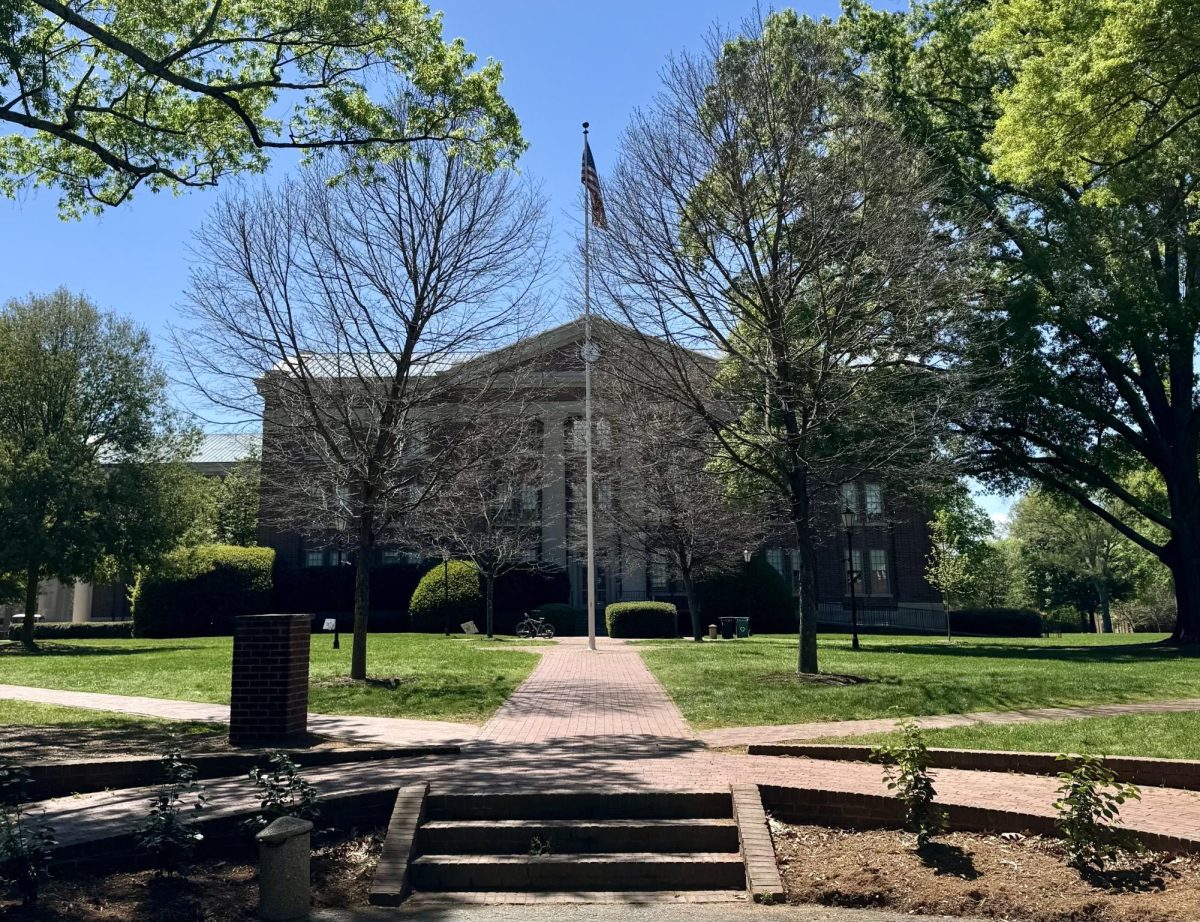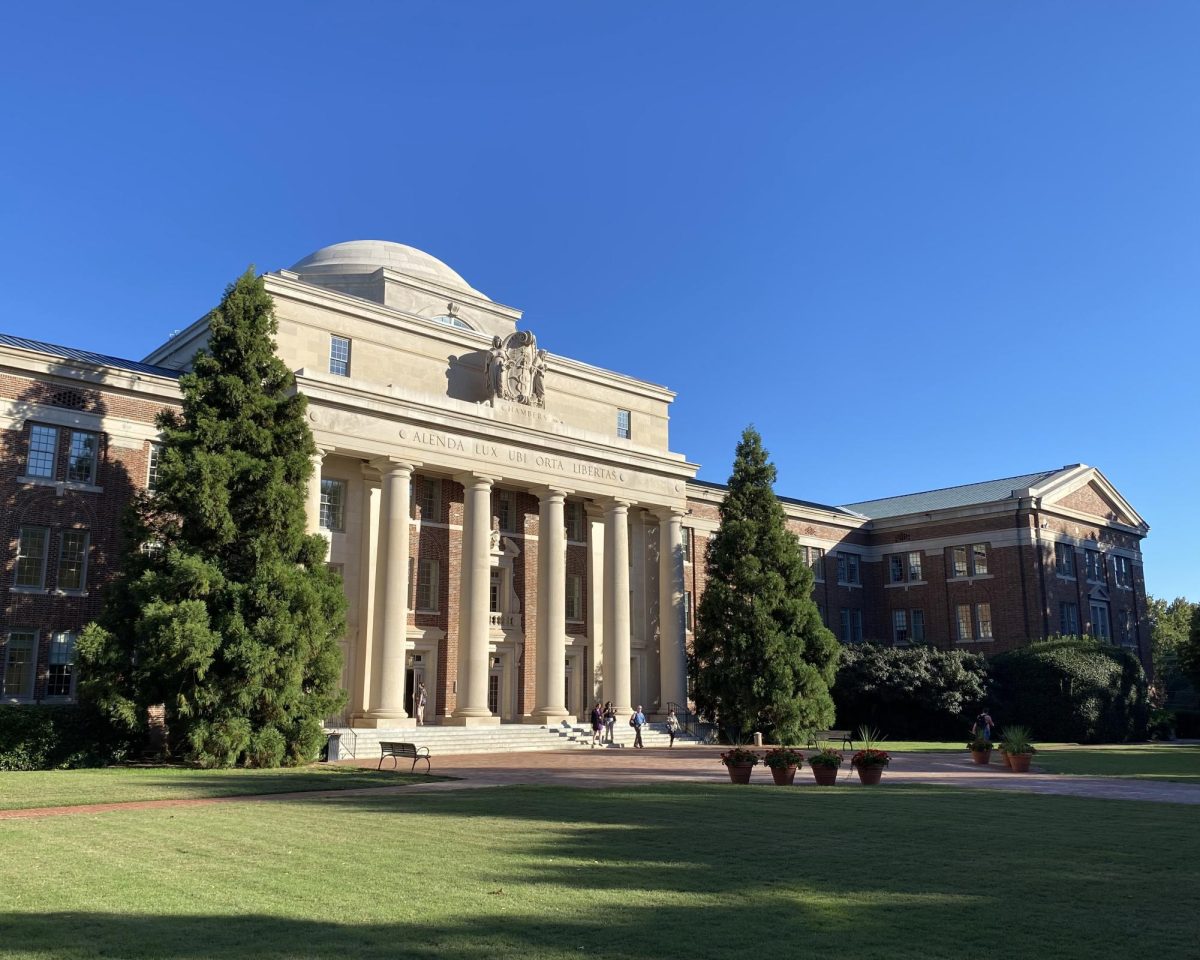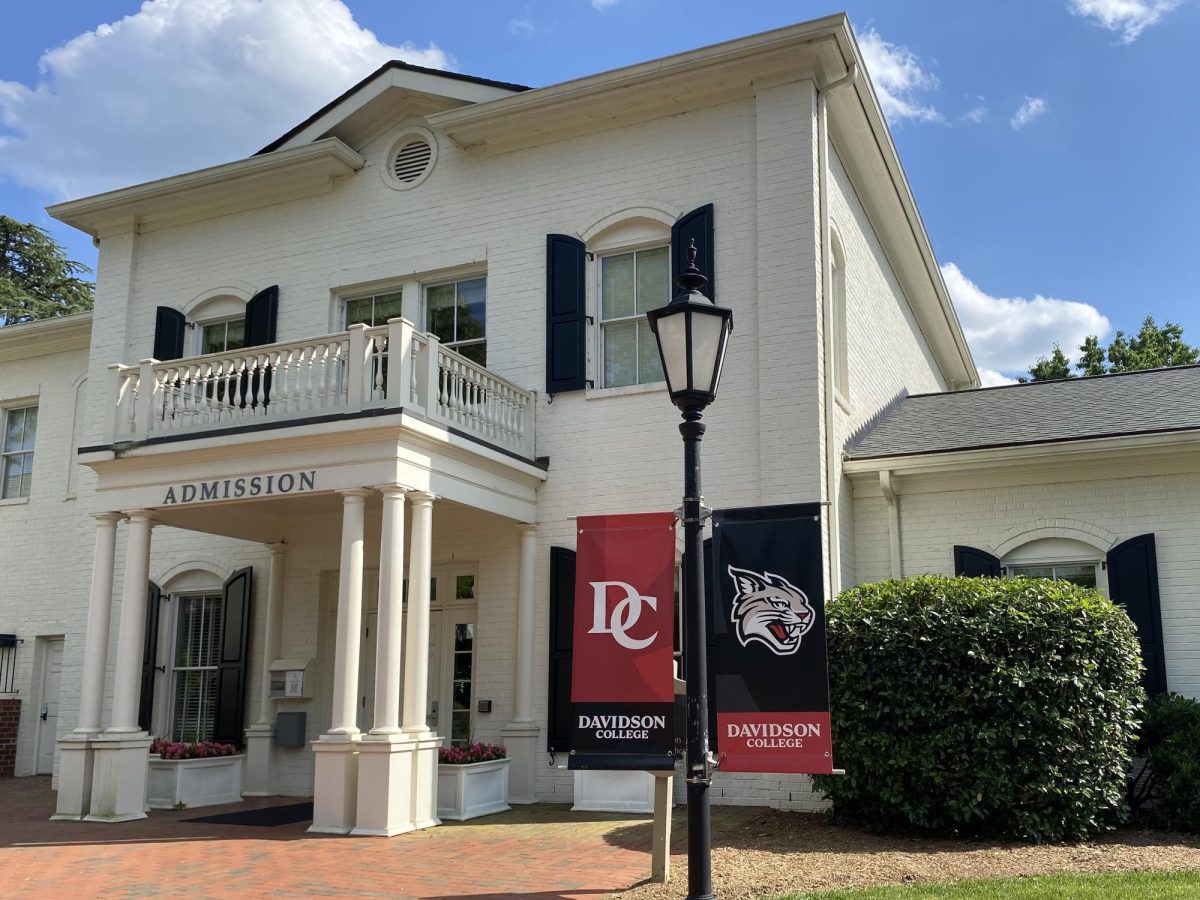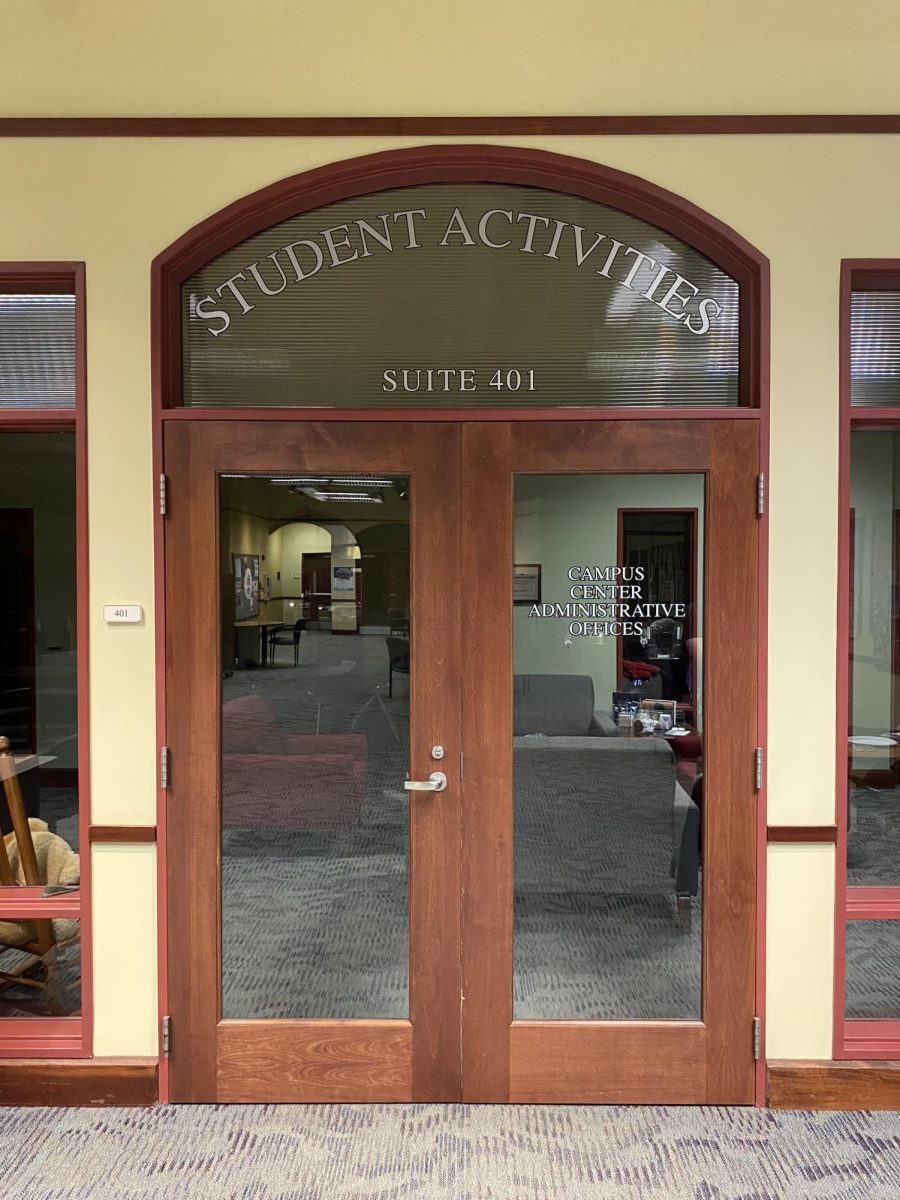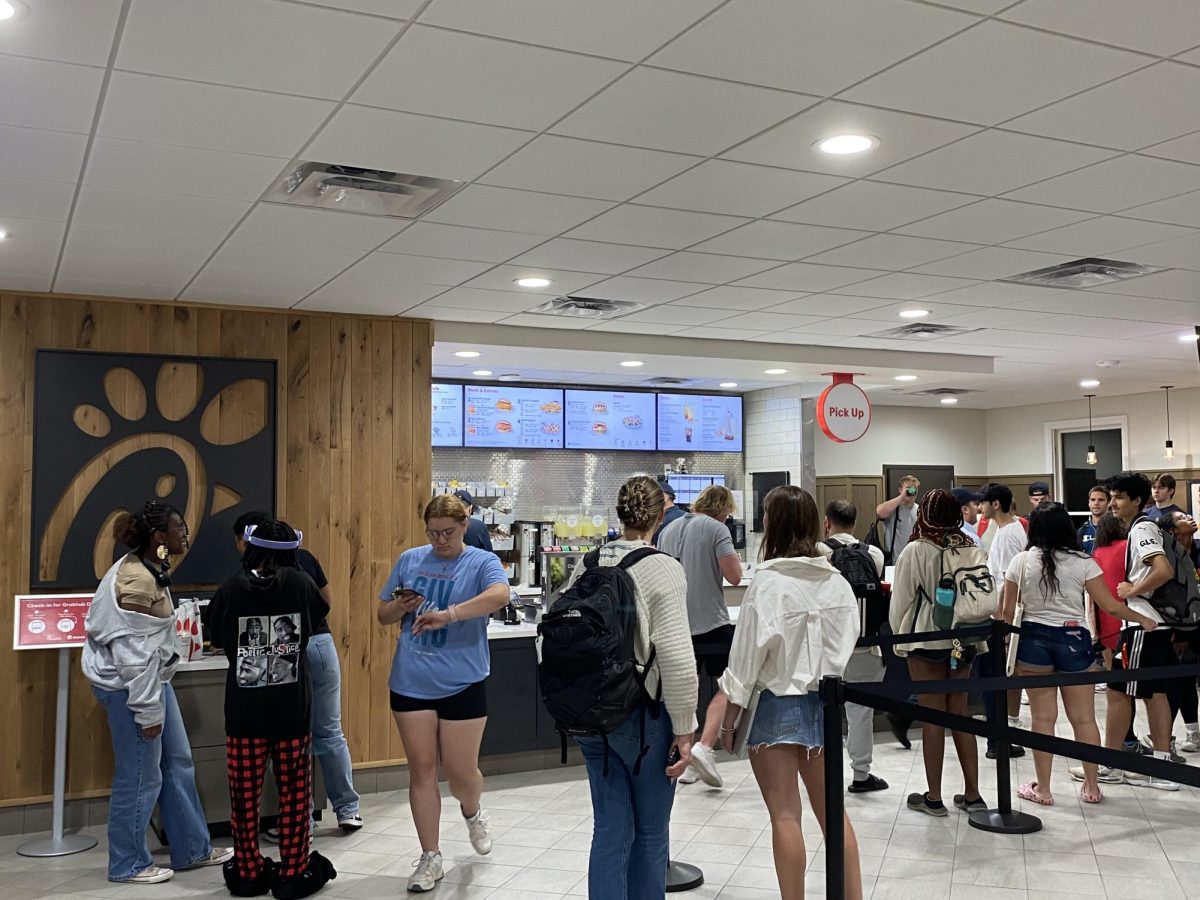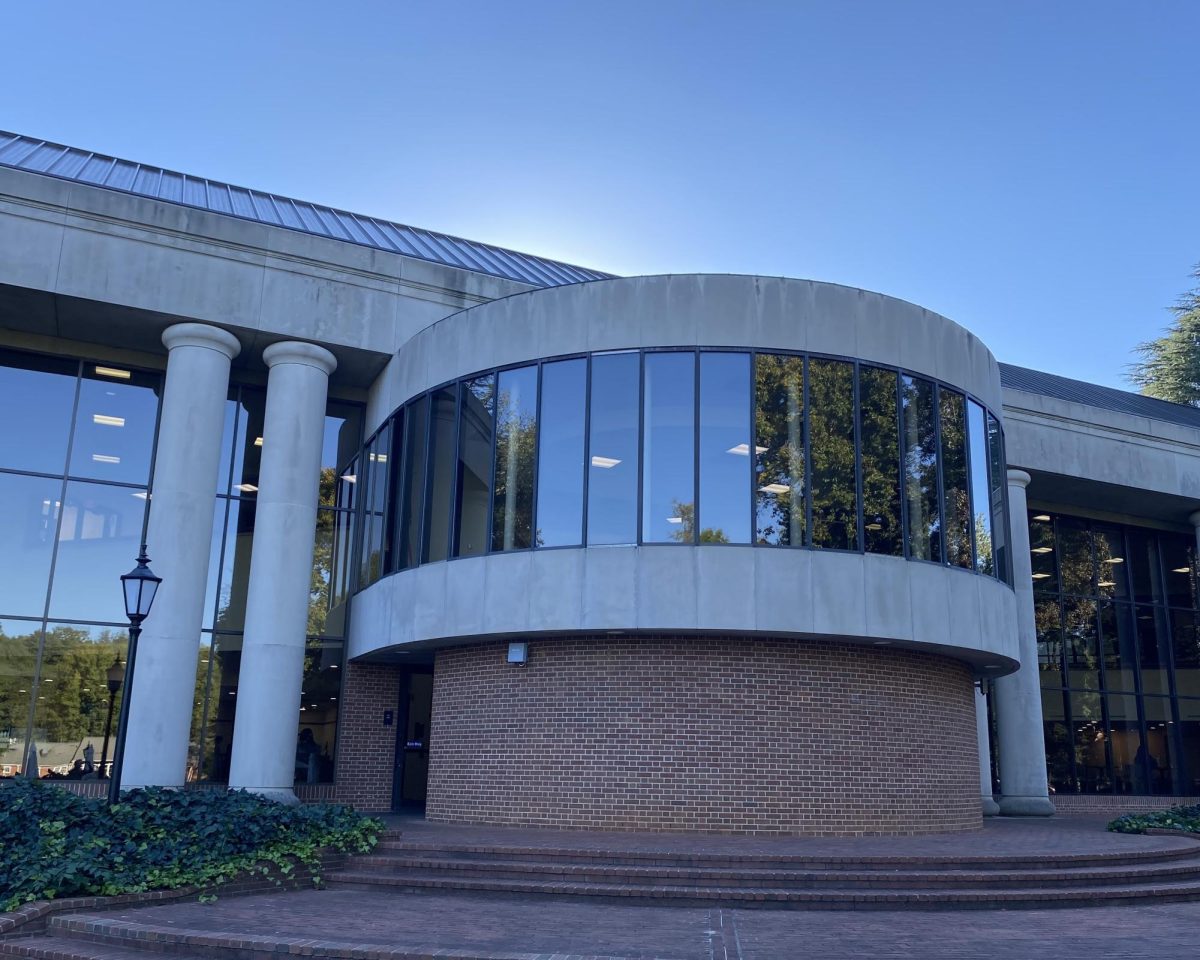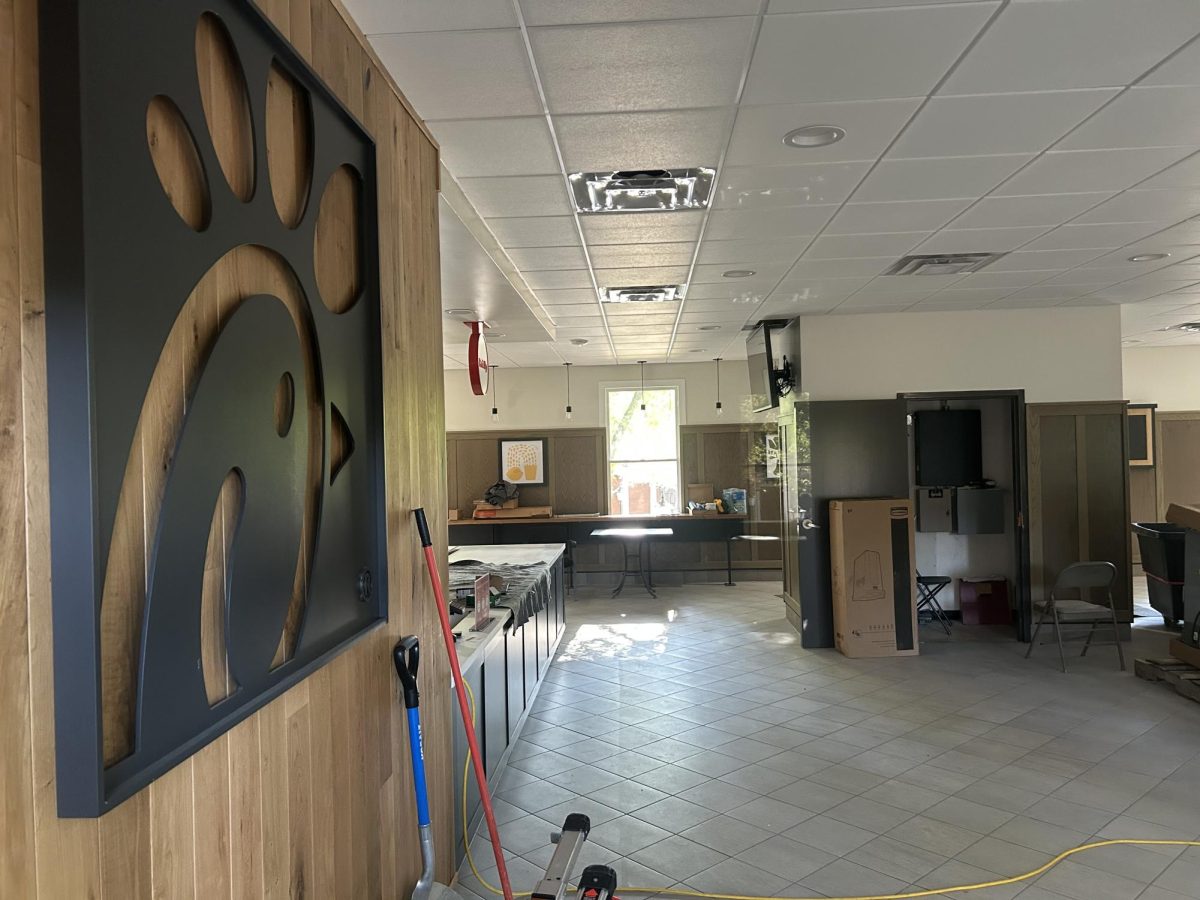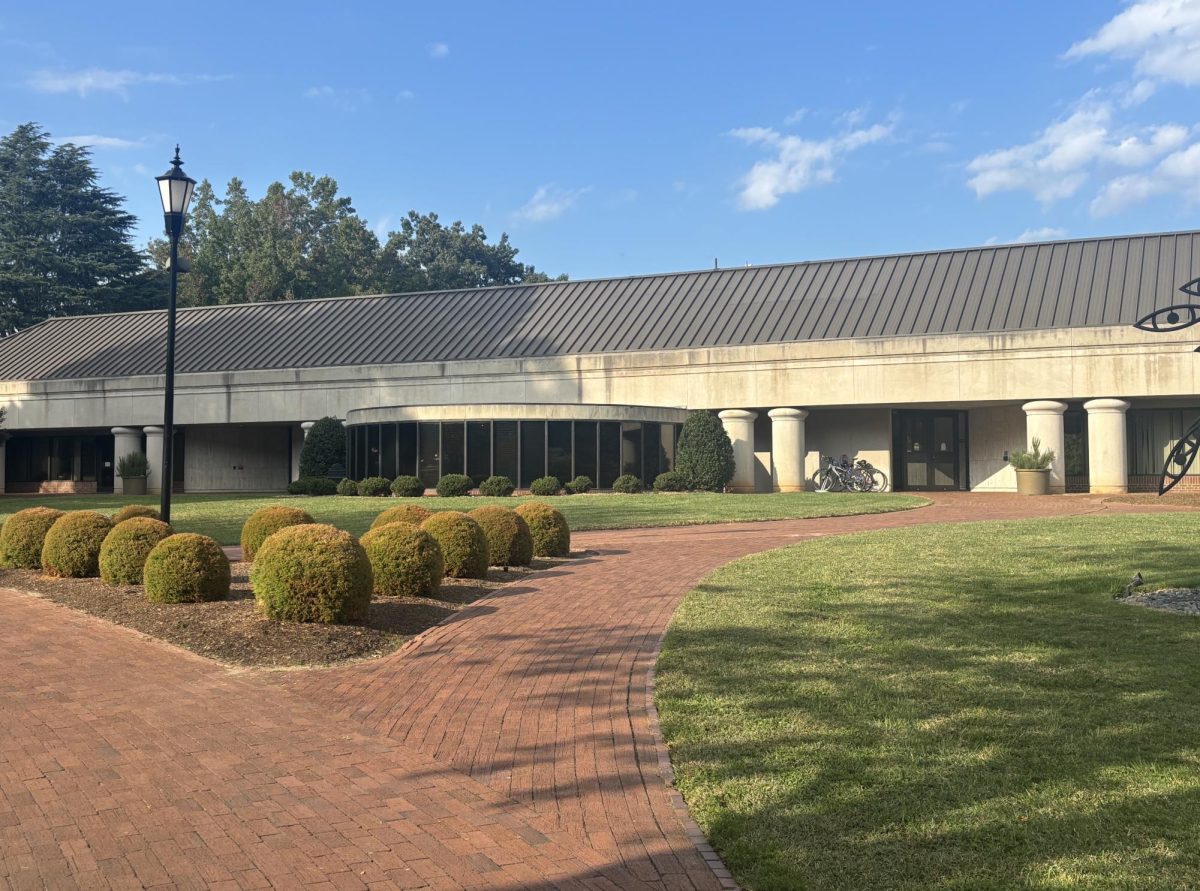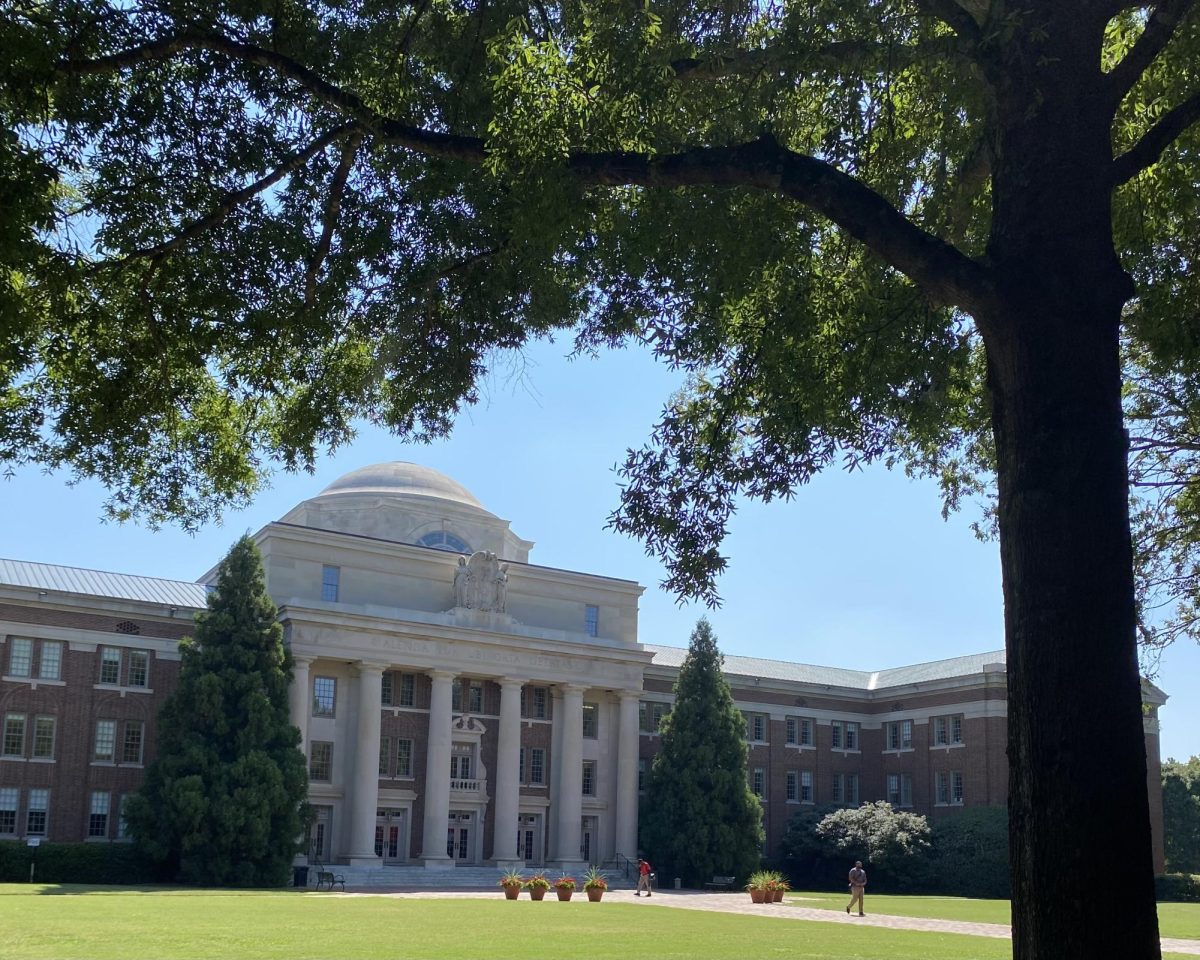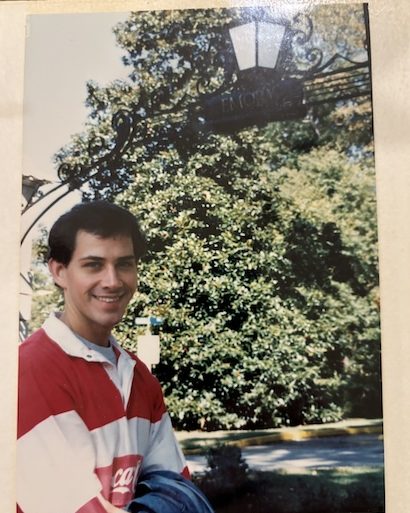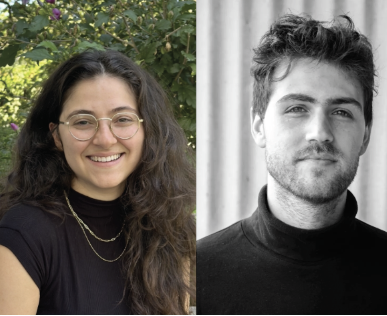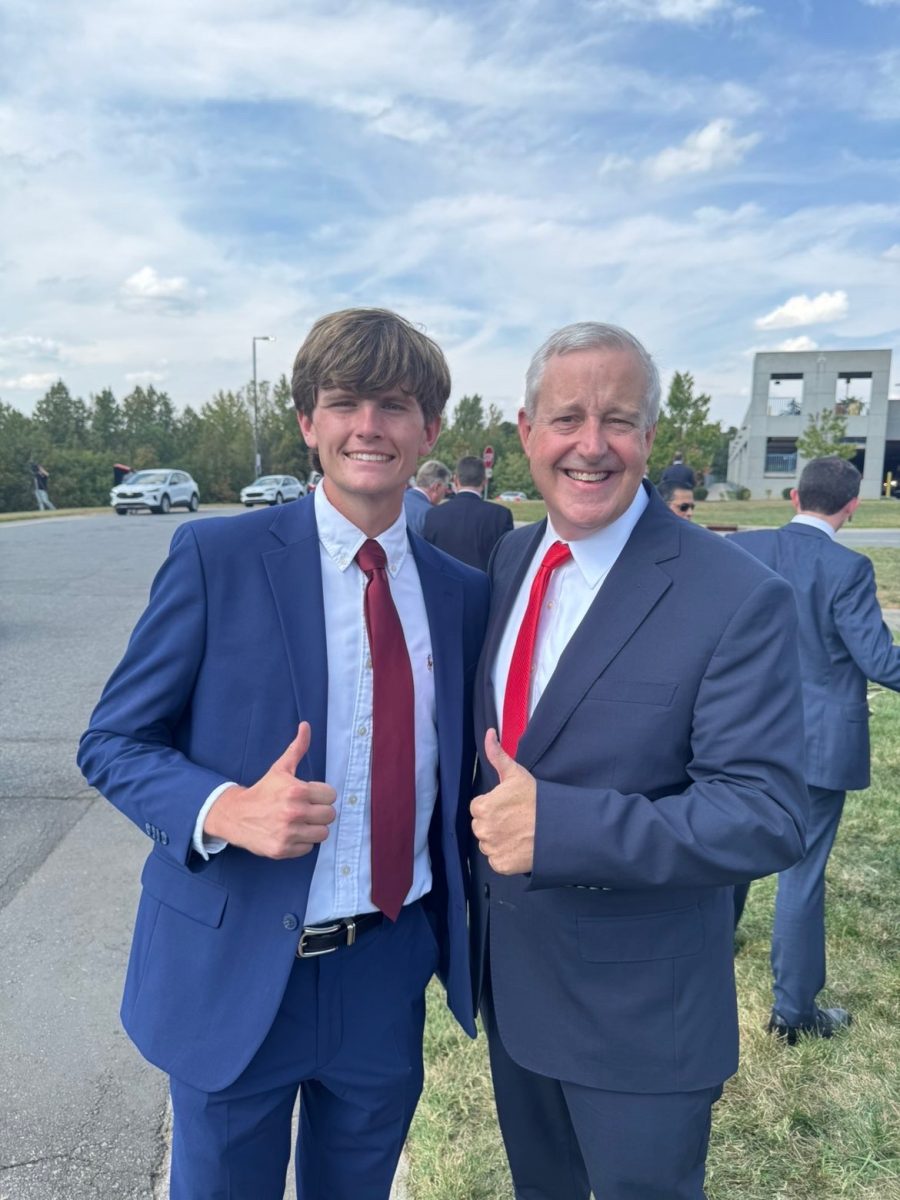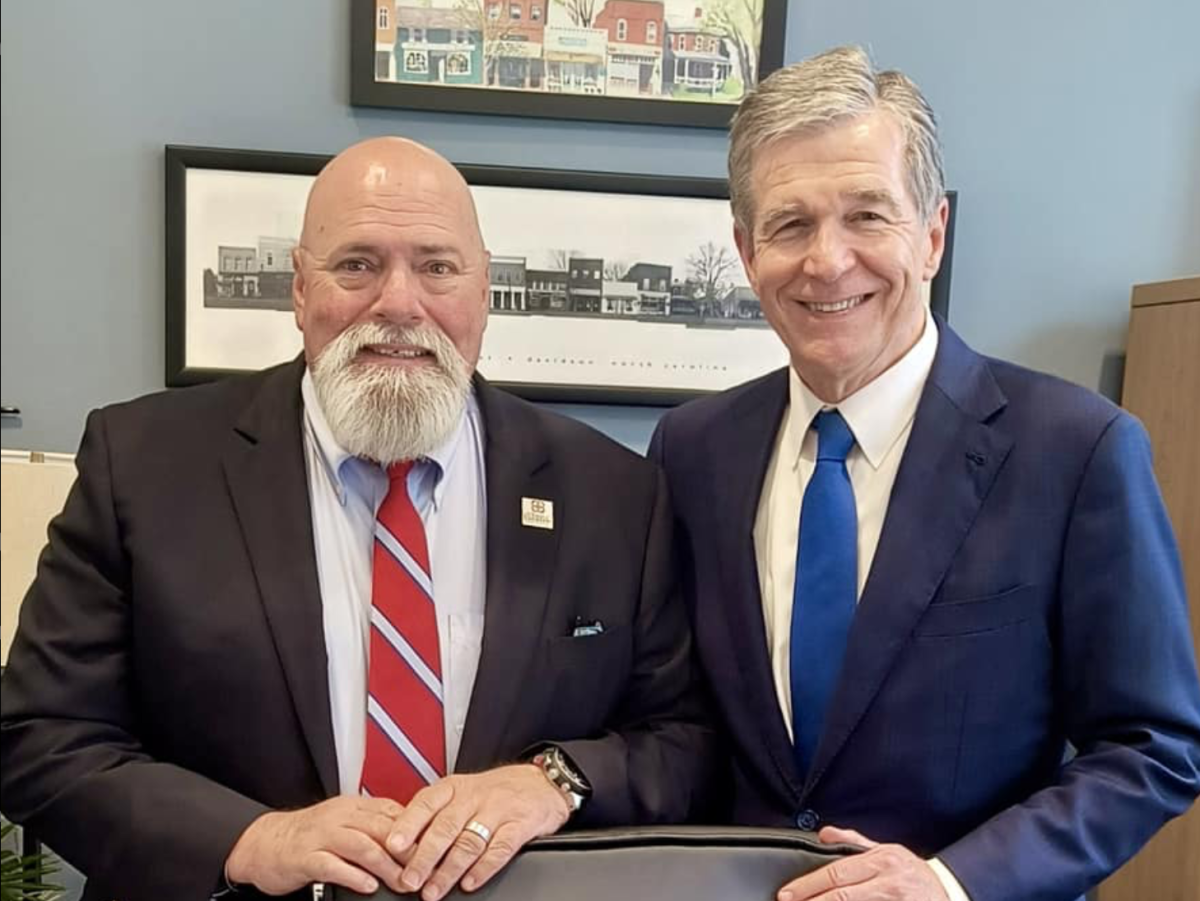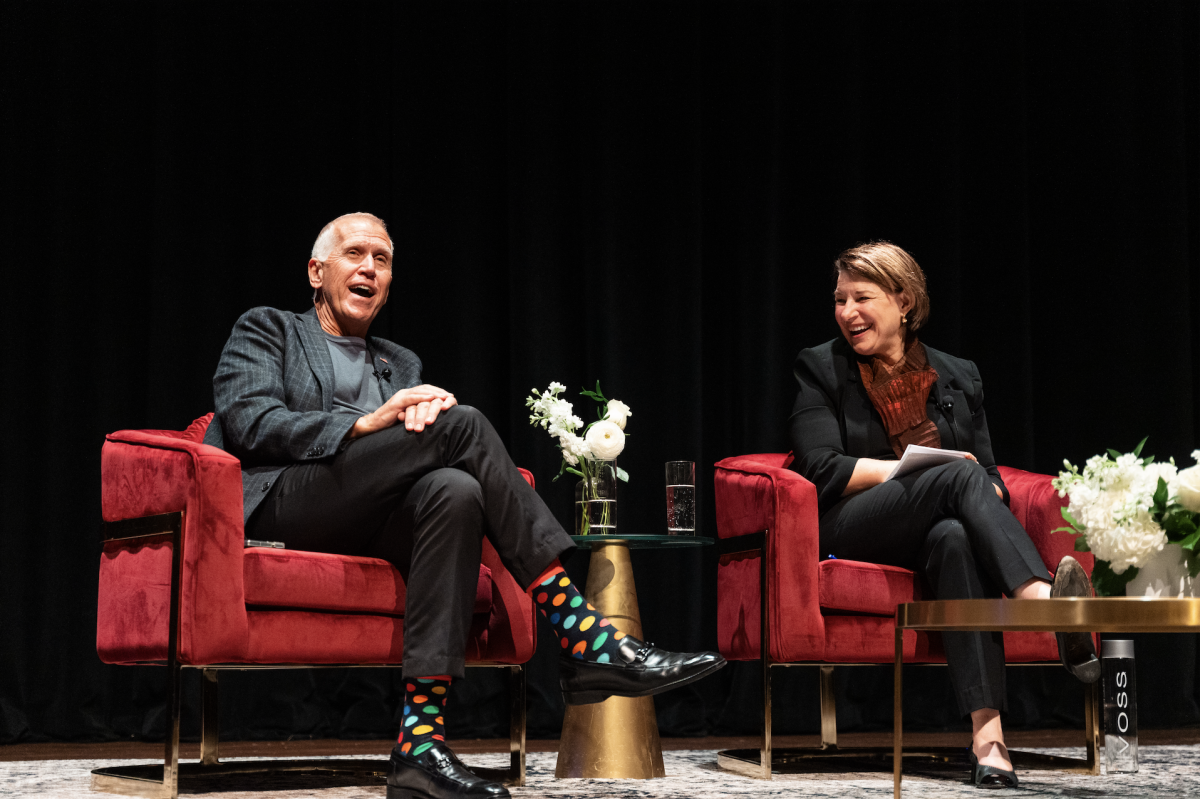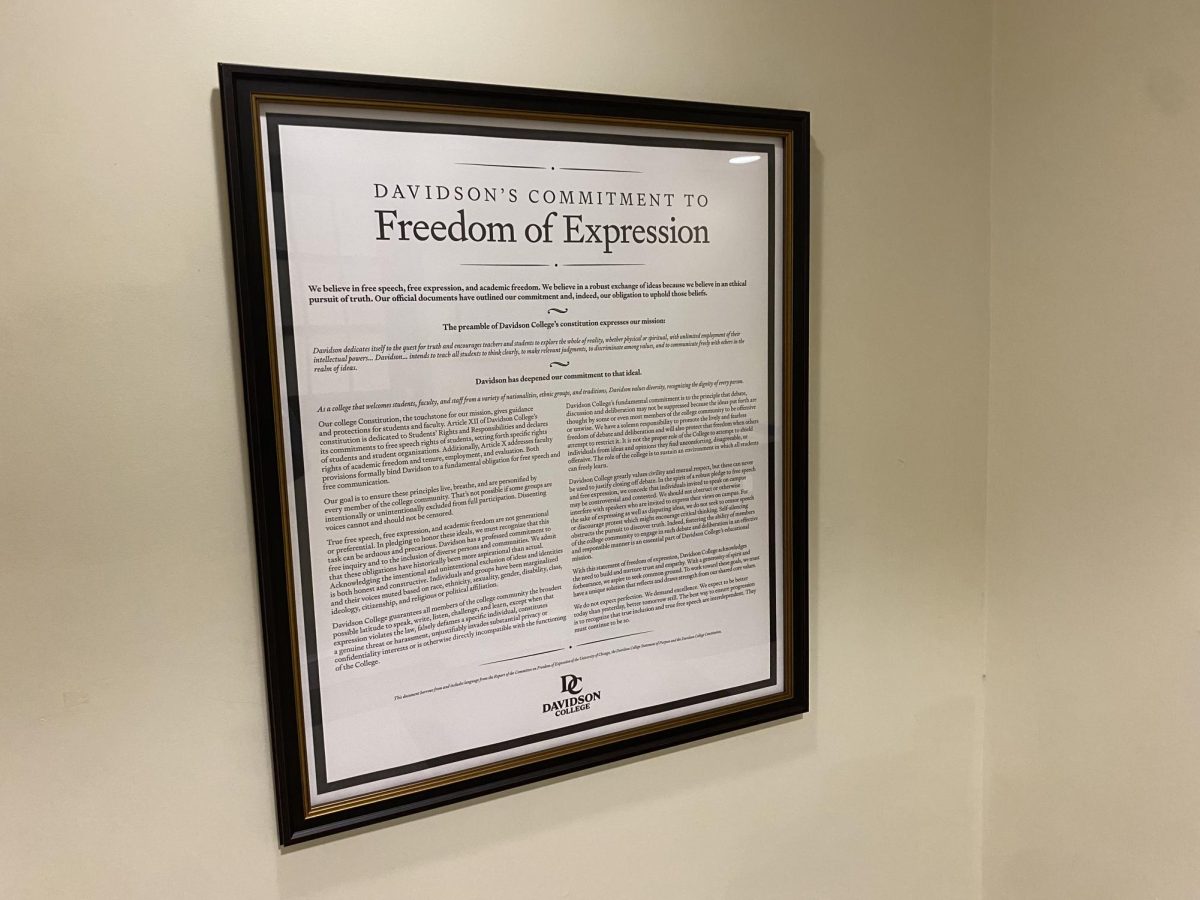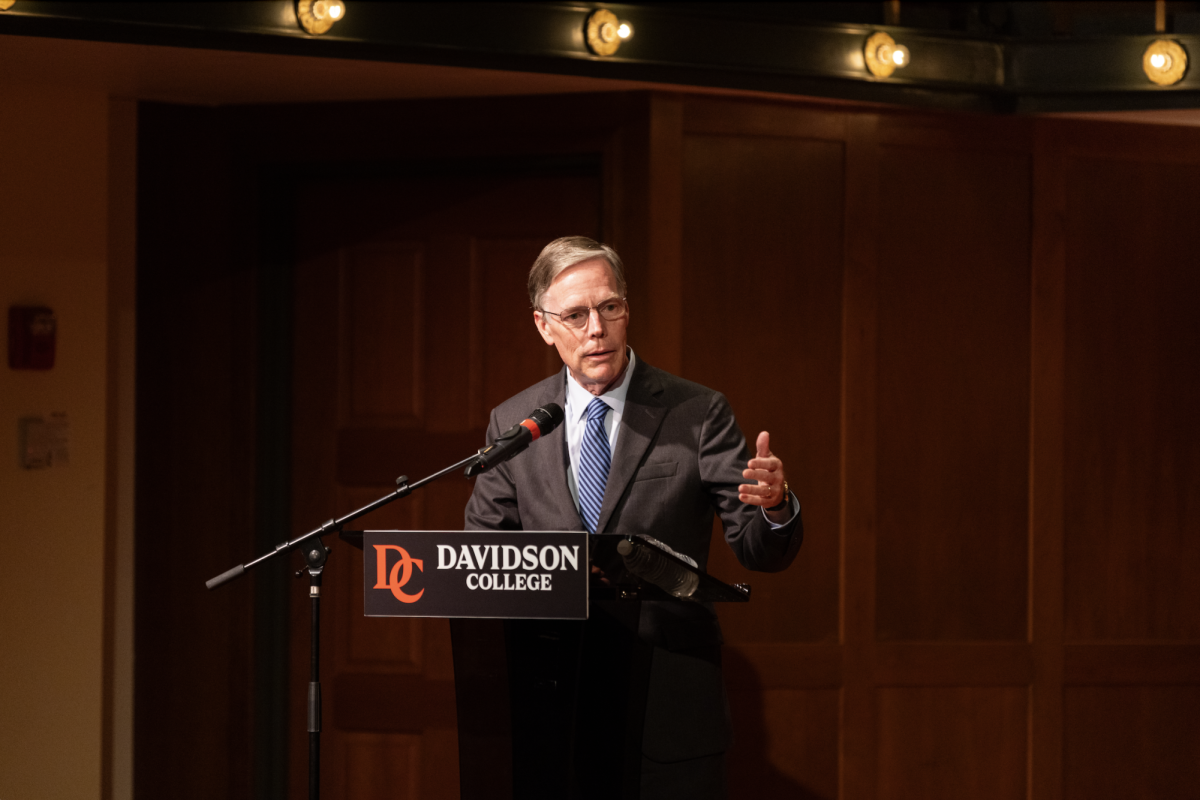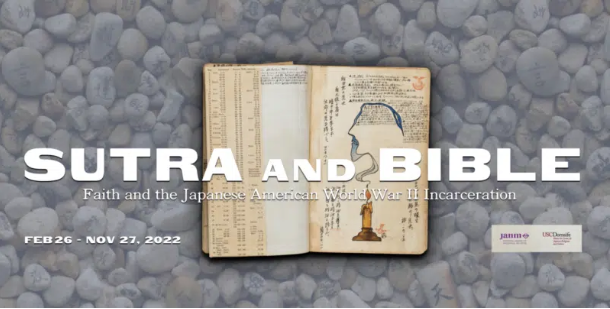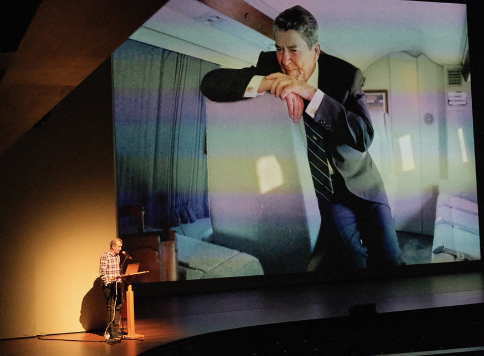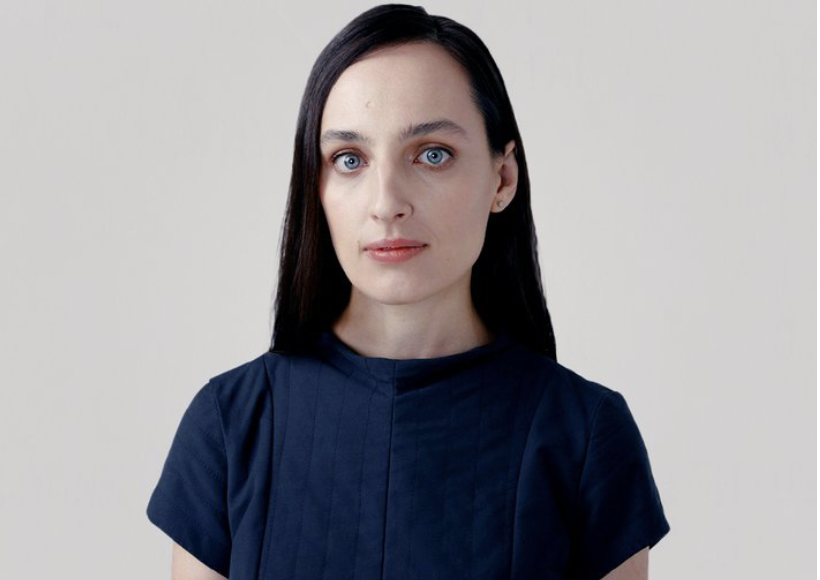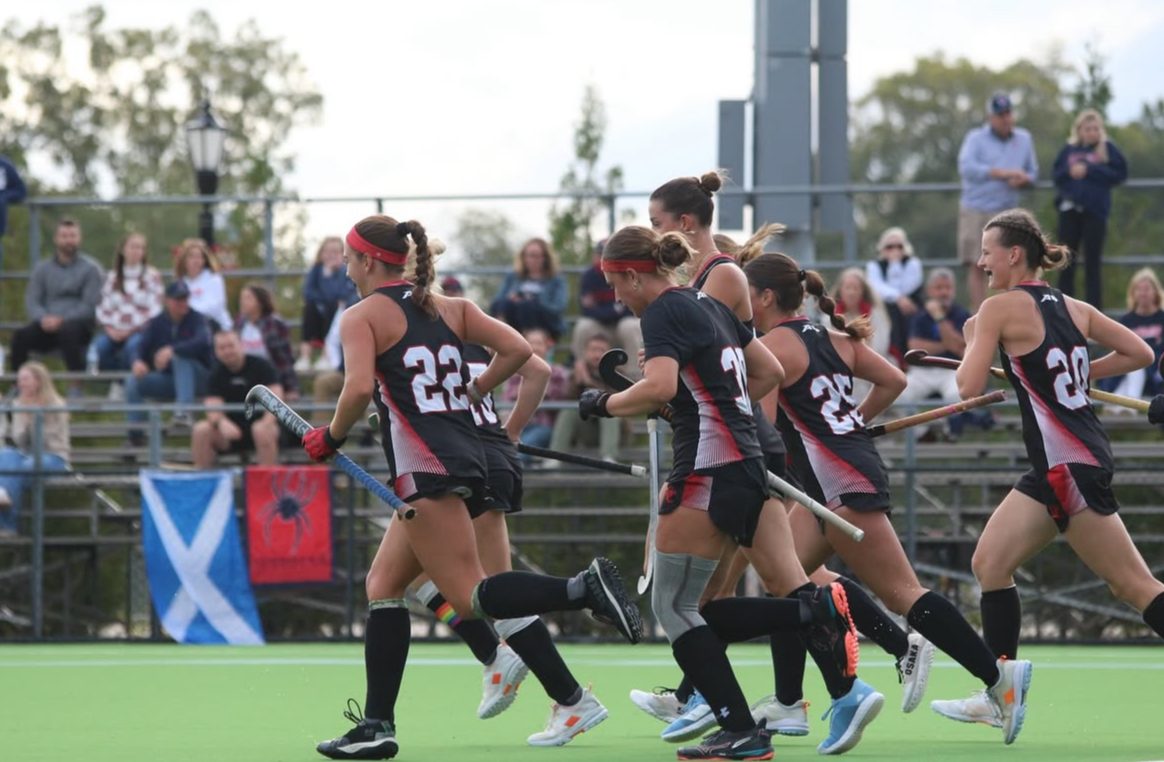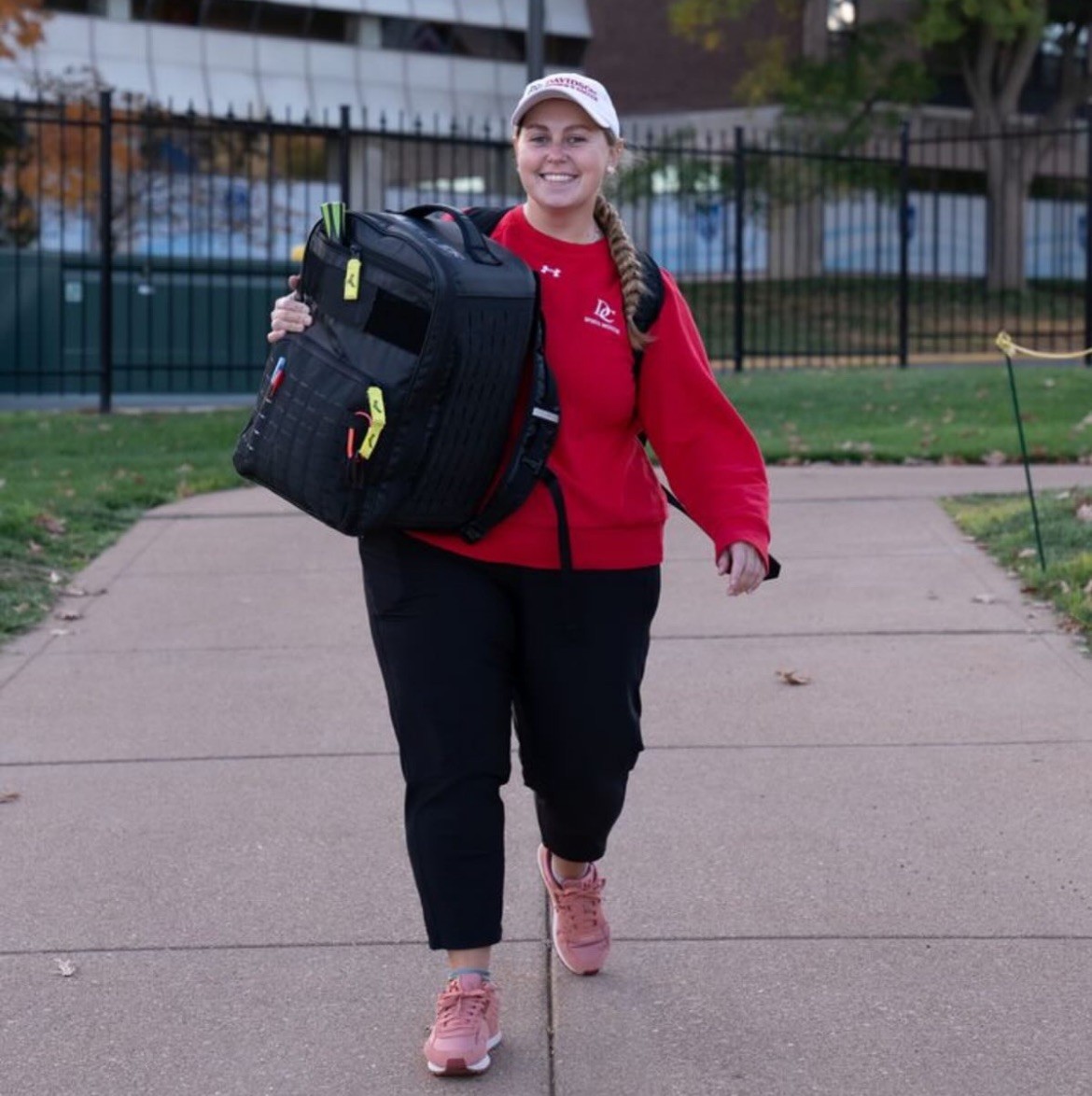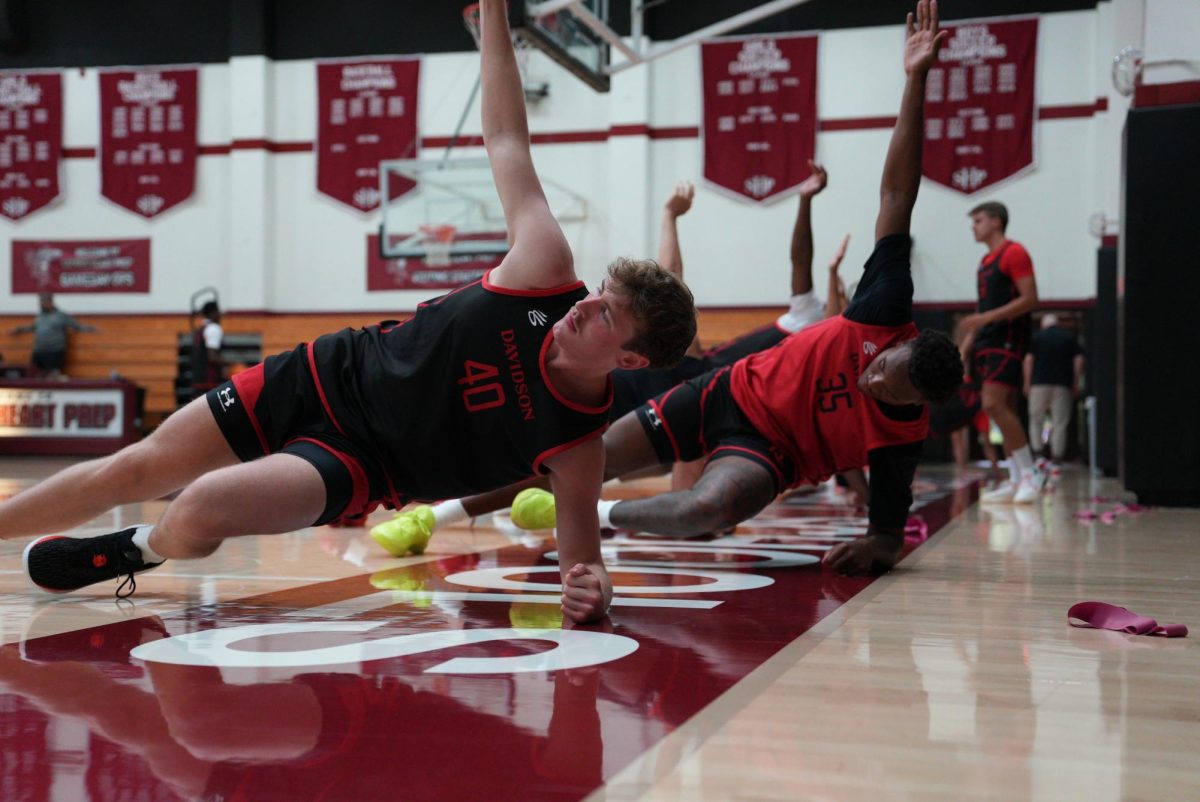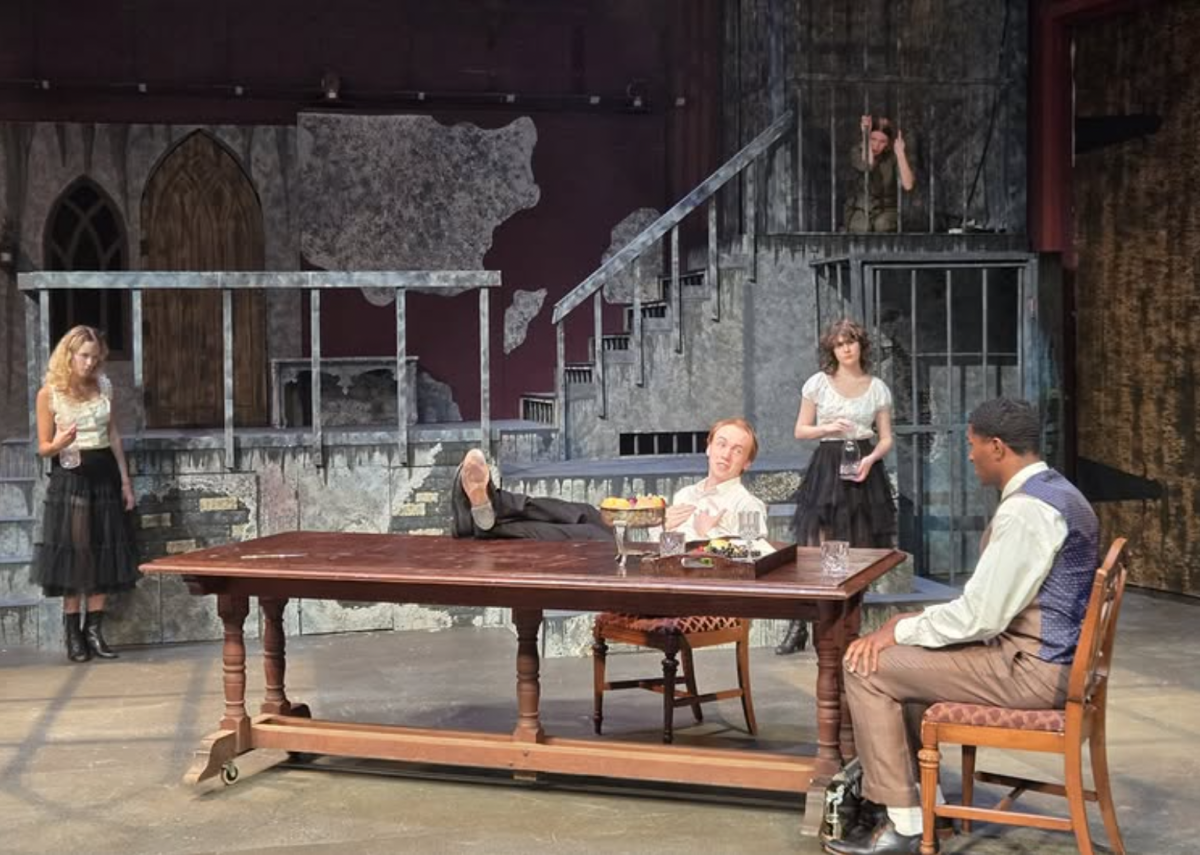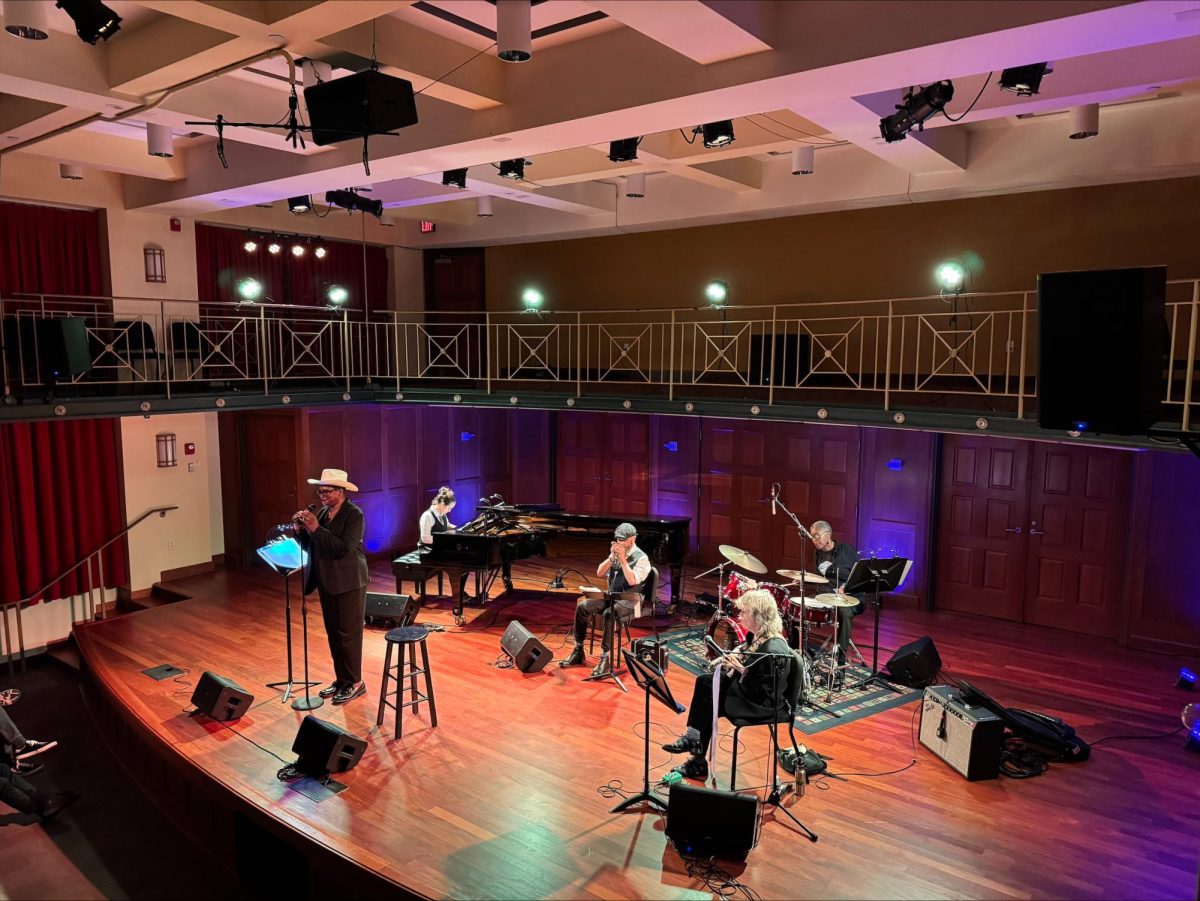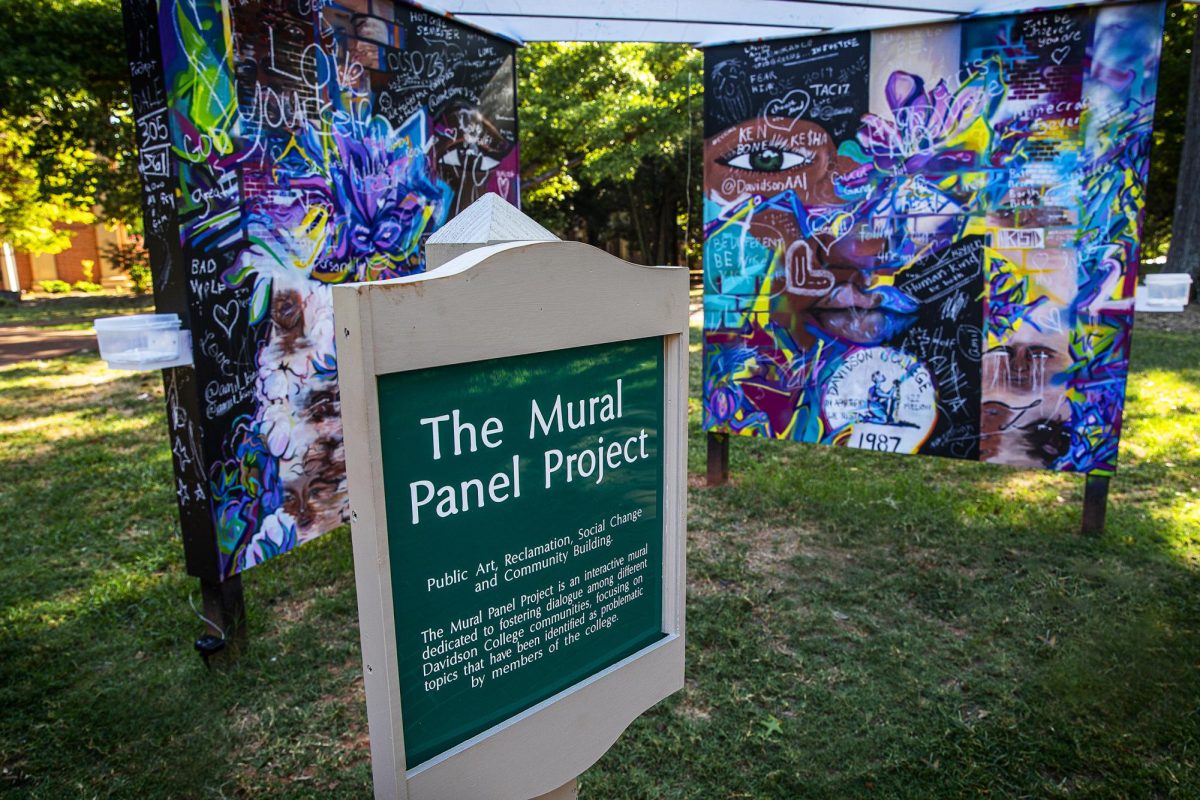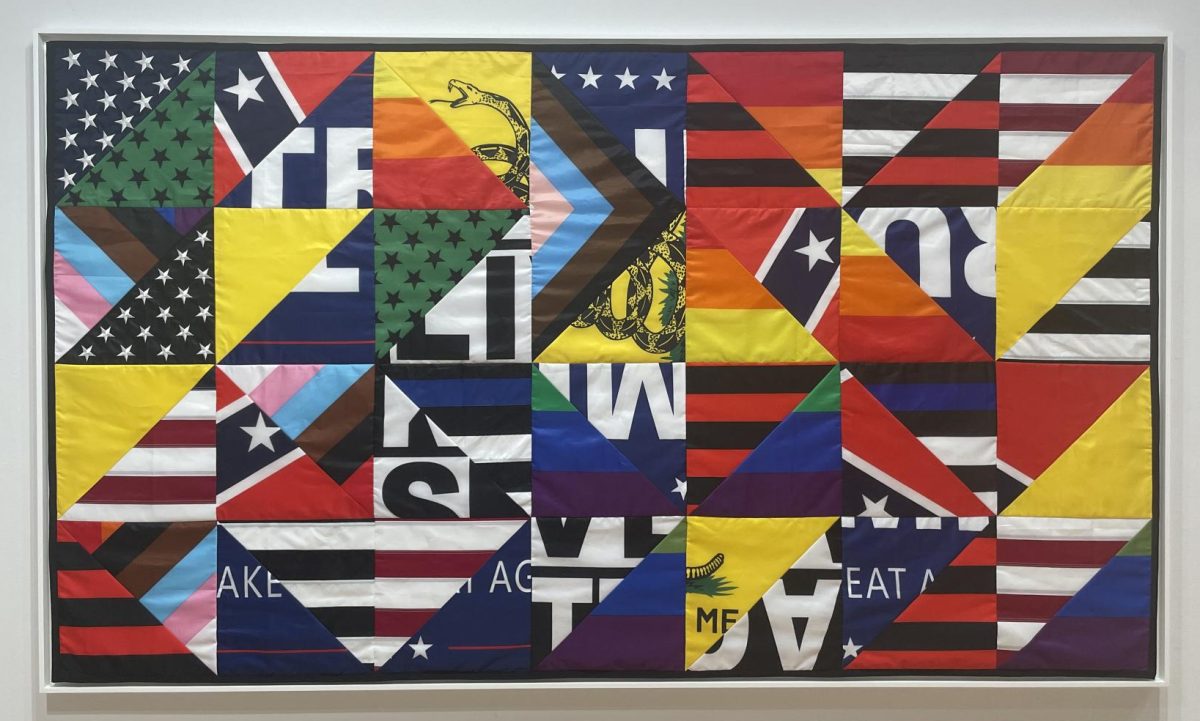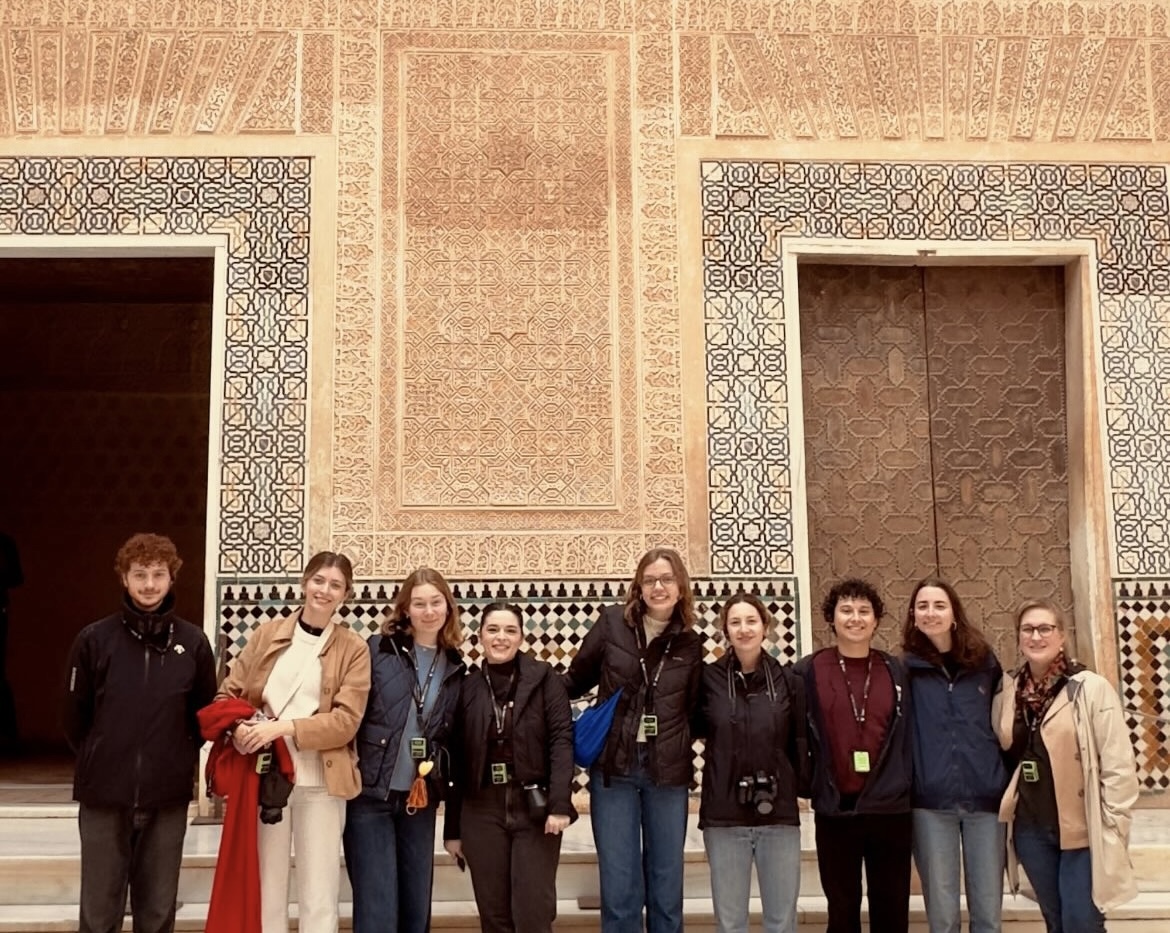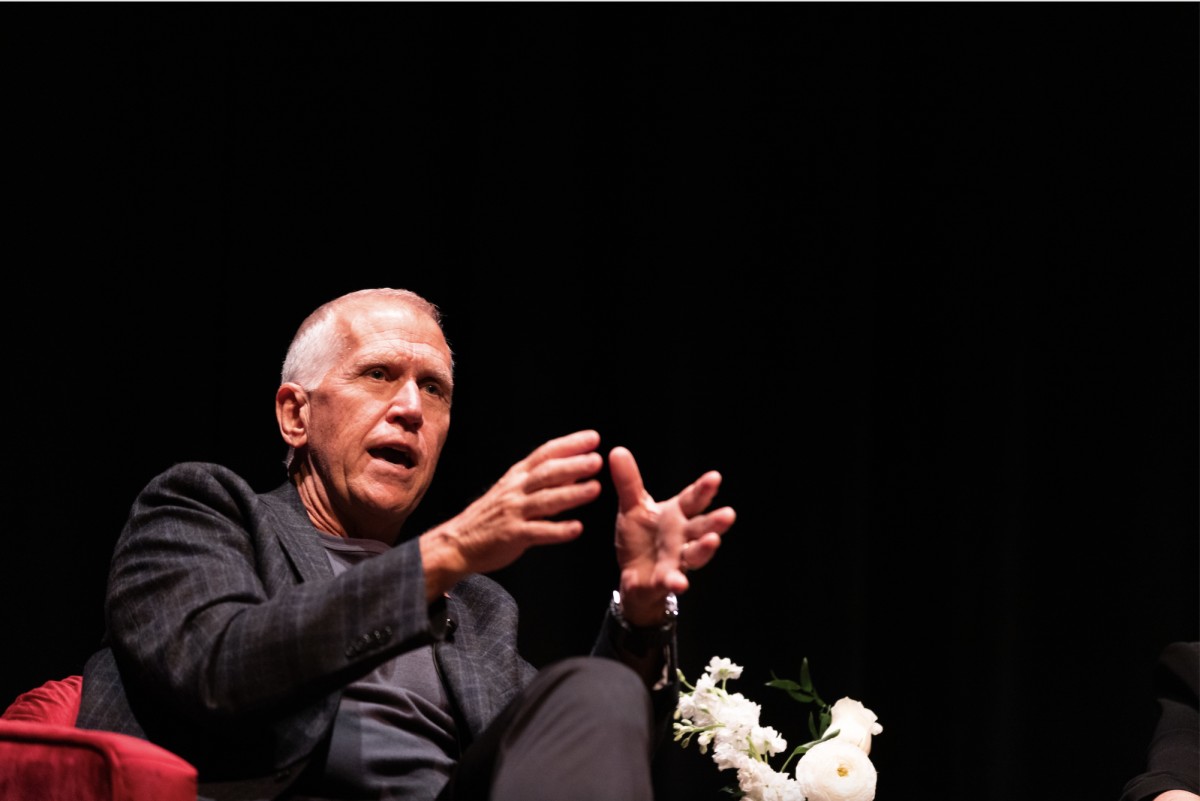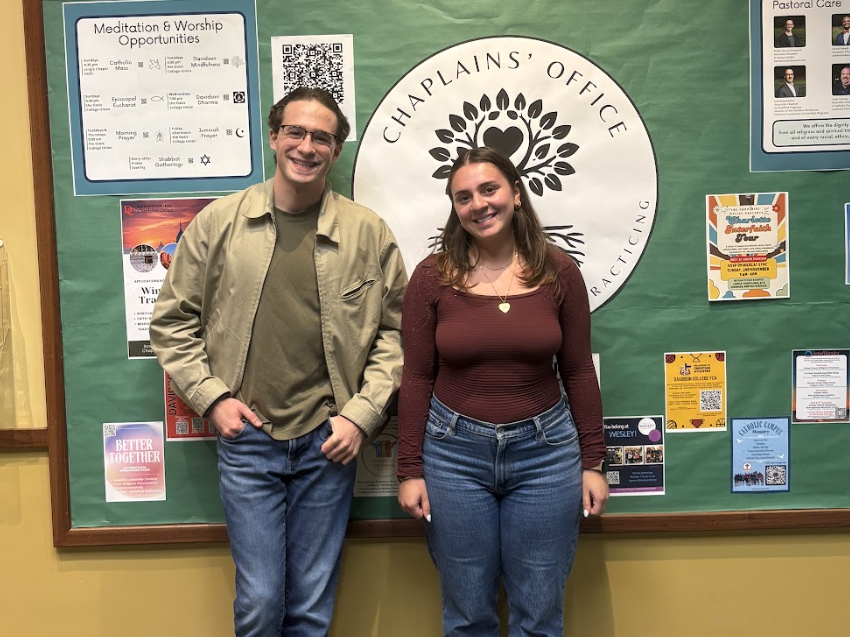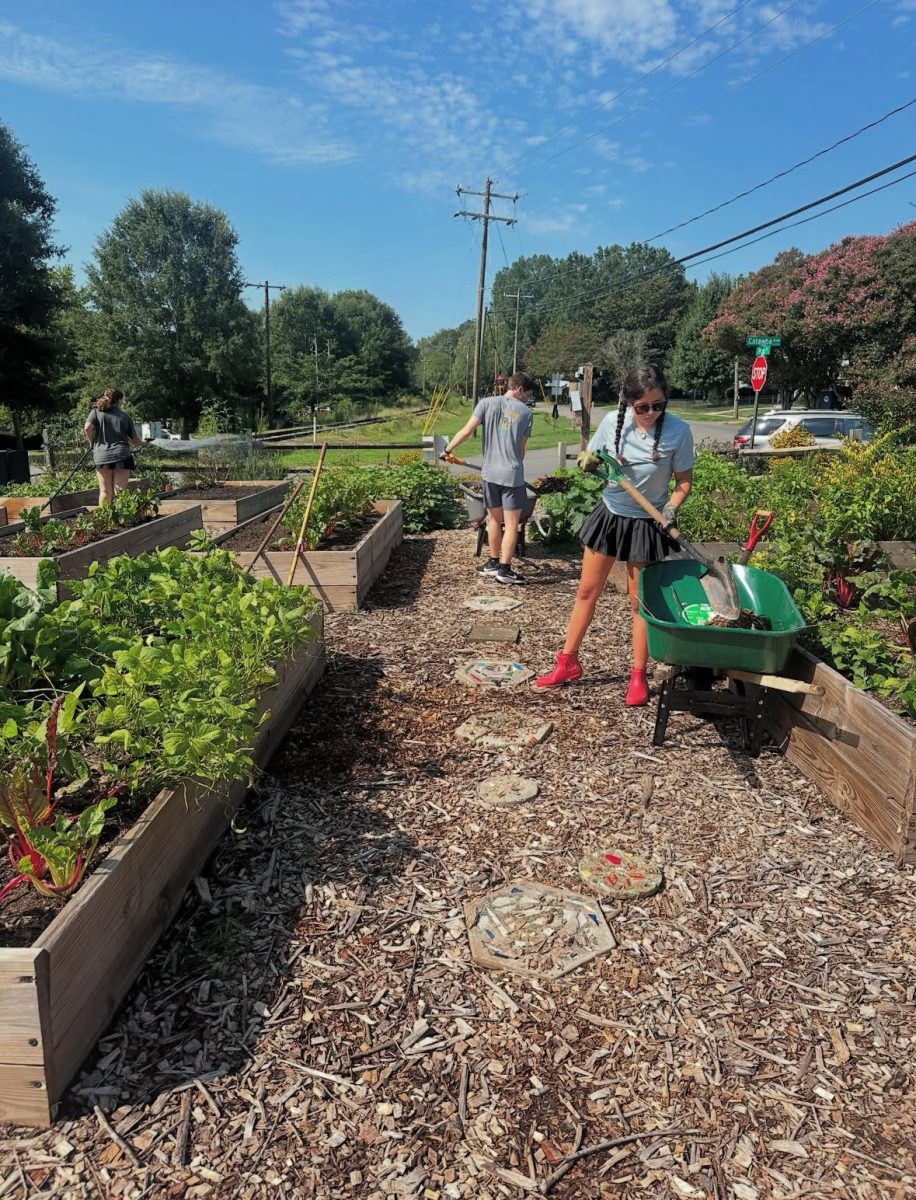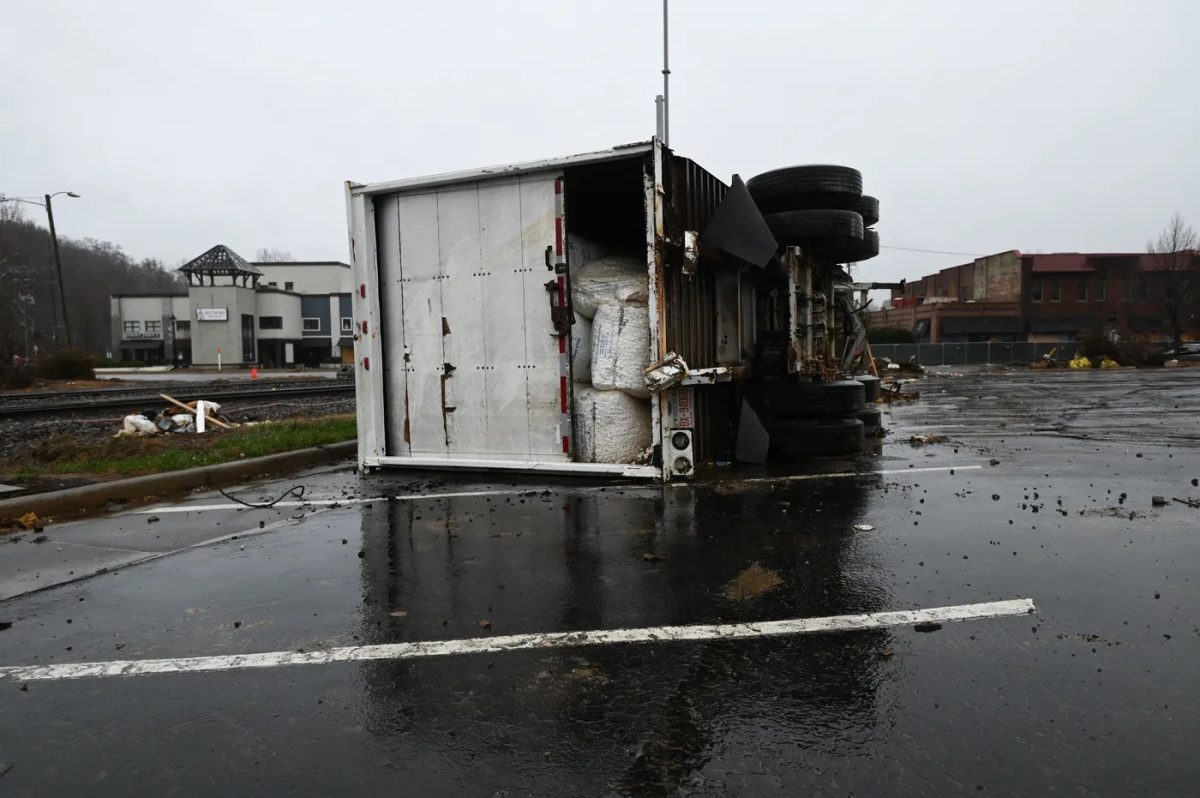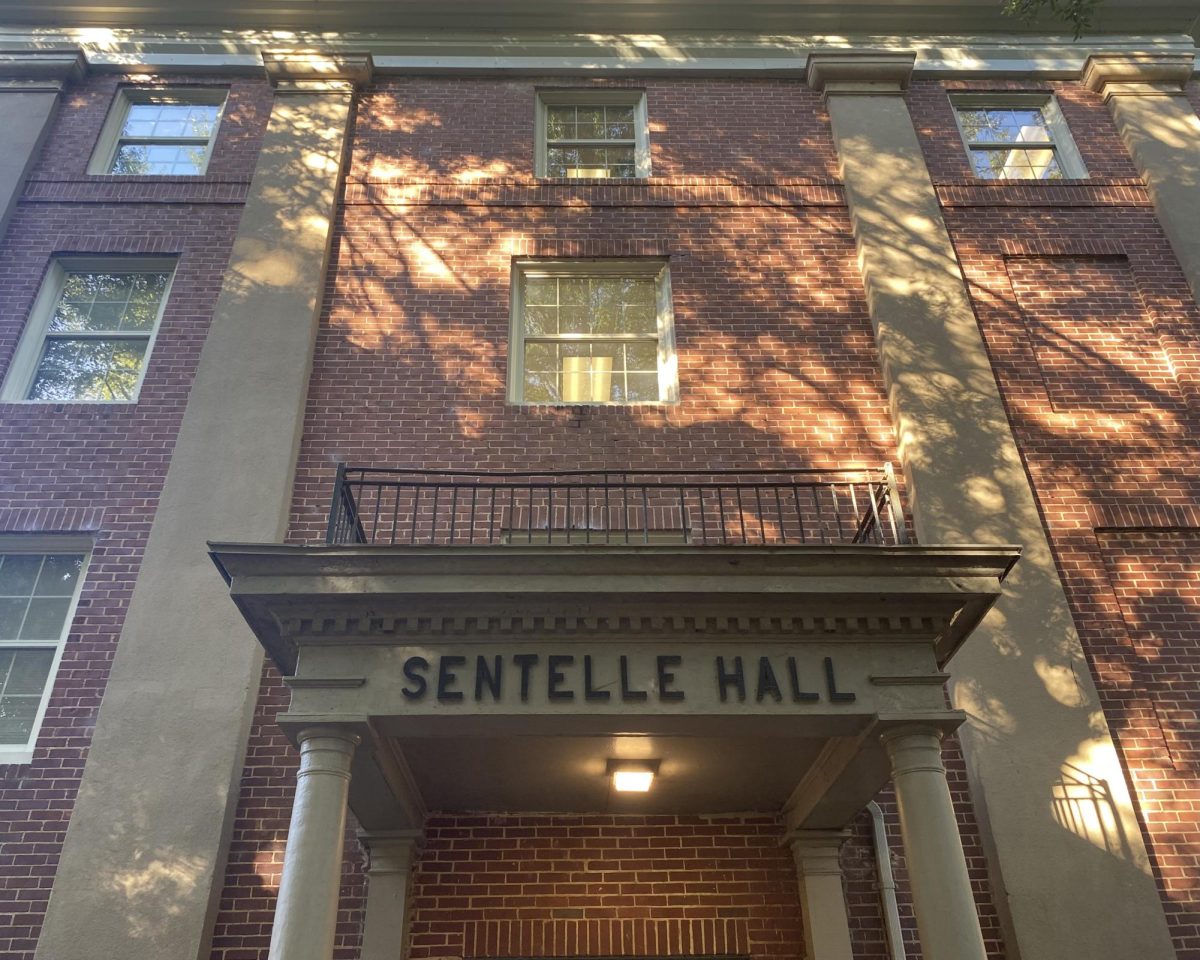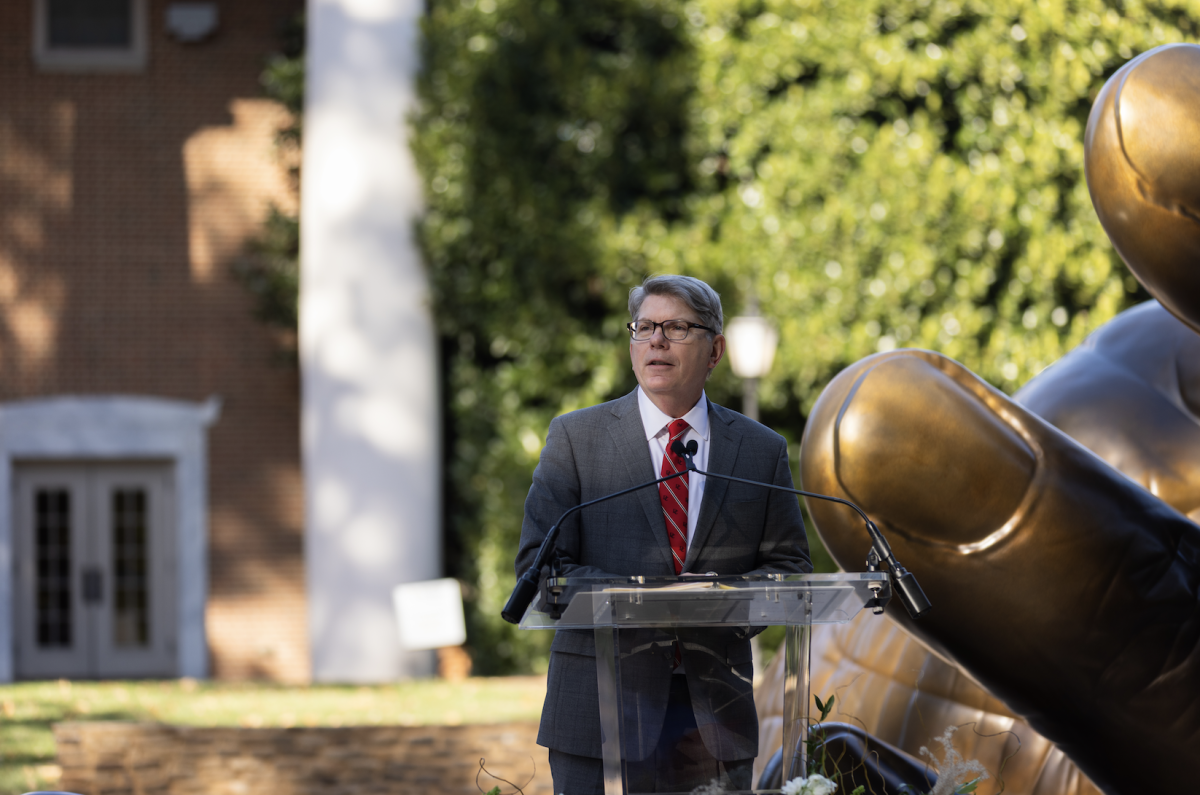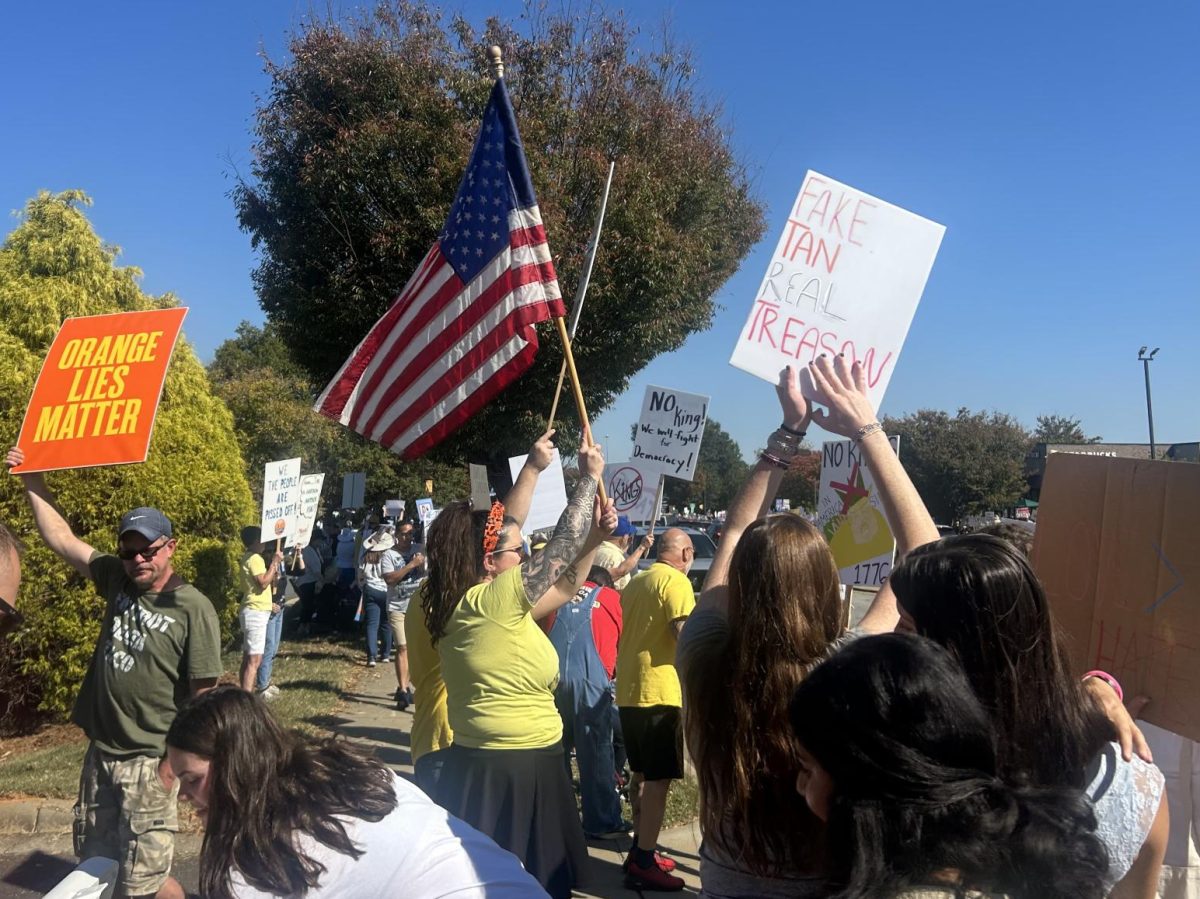Davidson formally opened a memorial to the enslaved and exploited individuals who built and sustained the College since its founding in 1837. Over 120 of their descendants attended Thursday’s dedication ceremony to witness Davidson’s first physical recognition of its history with slavery.
Hundreds of additional community members including students, trustees and residents gathered on Davidson’s Historic Quad in front of the Cunningham Theatre Center to hear remarks by President Doug Hicks ‘90, Hon. Anthony Foxx ‘93, Hon. Virgil Fludd ‘80, artist Hank Willis Thomas, Prof. Hilary Green, retired employee Castella Conner, poet Clint Smith ‘10 and Rev. Julia Watkins ‘14.
The memorial is entitled “With These Hands: A Memorial to the Enslaved and Exploited.” The patinated bronze sculpture situated along Main Street depicts two outstretched hands. Its size and weathered look reminds passerby of the magnitude of Davidson’s debt to the individuals who for decades worked at the College without pay or recognition.
In his opening remarks, Hicks said the memorial is a powerful step in an ongoing process of acknowledgment.
“We will never know the complete story, and yet, we are determined to continue our archival and archeological research to properly acknowledge the lives of the enslaved and exploited individuals who are fundamental to [the College’s] history, and to realize the dream of a campus where all can learn together,” Hicks said.
Foxx is Chair of the Board of Trustees. Previously, he chaired the Commission on Race and Slavery, served as the mayor of Charlotte, and was United States Secretary of Transportation from 2013-2017. He expressed hope that this moment will be a catalyst for change.
“We memorialize those who endured dehumanizing laws and practices while creating the world in which many students could thrive, and as we acknowledge with gratitude and respect their contributions and resilience, I hope to see that translated into even more action,” Foxx said.
The memorial is over seven years in the making and almost 190 years overdue: the Commission on Race and Slavery was established in fall 2017; Davidson was founded in 1837.
The Commission’s 2020 report included a timeline of the the presence and contributions of Black people at Davidson College since its founding, and offered recommendations for future action including a permanent marker acknowledging the ways in which Davidson benefitted from the “stolen labor of enslaved persons.”
The dedication was an emotional moment for alumni and community members. Fludd, Chair of The Special Committee on Commemoration, is one of them.
“I could never have imagined standing here on this sacred ground before this extraordinary Memorial, remembering what it felt like to be one of just a few black students on this campus, one of seven in the class of 1976,” Fludd said.
In the closing benediction, College Chaplain Julia Watkins ‘14 called on the audience to sit in “hopeful anticipation” as she described her hope that the memorial will “point towards a future” of “human flourishing” and “complete belonging.”
To Foxx, the memorial furthers that mission. “When I was a student, I saw a lot of behaviors around campus that I thought were not welcoming,” Foxx said following the ceremony. “To have a physical acknowledgement of that contribution [of enslaved peoples] is a way of the College saying that the invisible will no longer be invisible, and that those who may have felt unwelcome in the past are no longer unwelcome, and that there’s a potential for a new day here.”
Known descendants of enslaved people who built and served Davidson sat in the audience. They were asked to stand during a recognition of families delivered by Green, a historian and James B. Duke Professor of Africana Studies who has worked closely alongside the Commission on Race and Slavery.
Green acknowledged that the work of identifying and documenting family stories is incomplete. Following the ceremony, she said she intends to continue that work.
“My students and I are continuing to research the names [of people enslaved by the College], some of the names that are being shared today that we did not know before, writing the biographies of every person and building upon this trust to do other things, whether it’s classrooms, collaborations, descendants [or] outreach,” Green said.
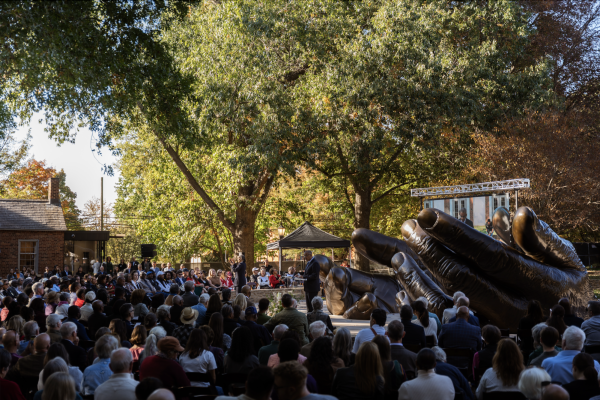
The sculpture sits between Oak Row and Elm Row. They are two of the College’s original buildings, and they bear thumbprints of the enslaved individuals who made the 250,000 bricks used in Davidson’s original buildings. Davidson renovated Oak Row during the memorial’s construction. Originally a 16-student dormitory in 1837, the building is now a permanent exhibition space documenting the College’s history intertwined with the legacy of slavery on Davidson’s campus.
Though an important step towards atonement, the College still has work to do. Retired College employee and community leader Castella Connor delivered the community response.
“I pray this is an opportunity to commit ourselves as a community and as an institution of higher education to raise to the needs of our community and not merely focus on performative measures, but execute in real time the faith and commitment of our ancestors who were enslaved and exploited for many decades on this very campus,” Connor said.
Foxx ended his remarks with a call to action.
“I challenge our current students and our fellow alumni to remember their obligation. To those who have been given so much, much is expected,” Foxx said.
“I hope you will continue to carry your humane instincts and discipline and creative minds into a world that badly needs you, and that one of these days, you’ll remember today, in the midst of all that’s going on in the world around us, as a day in which hope and joy mixed with the pain and suffering of the past can combine to create a new world order that we build here from the liberal arts at Davidson College.”

